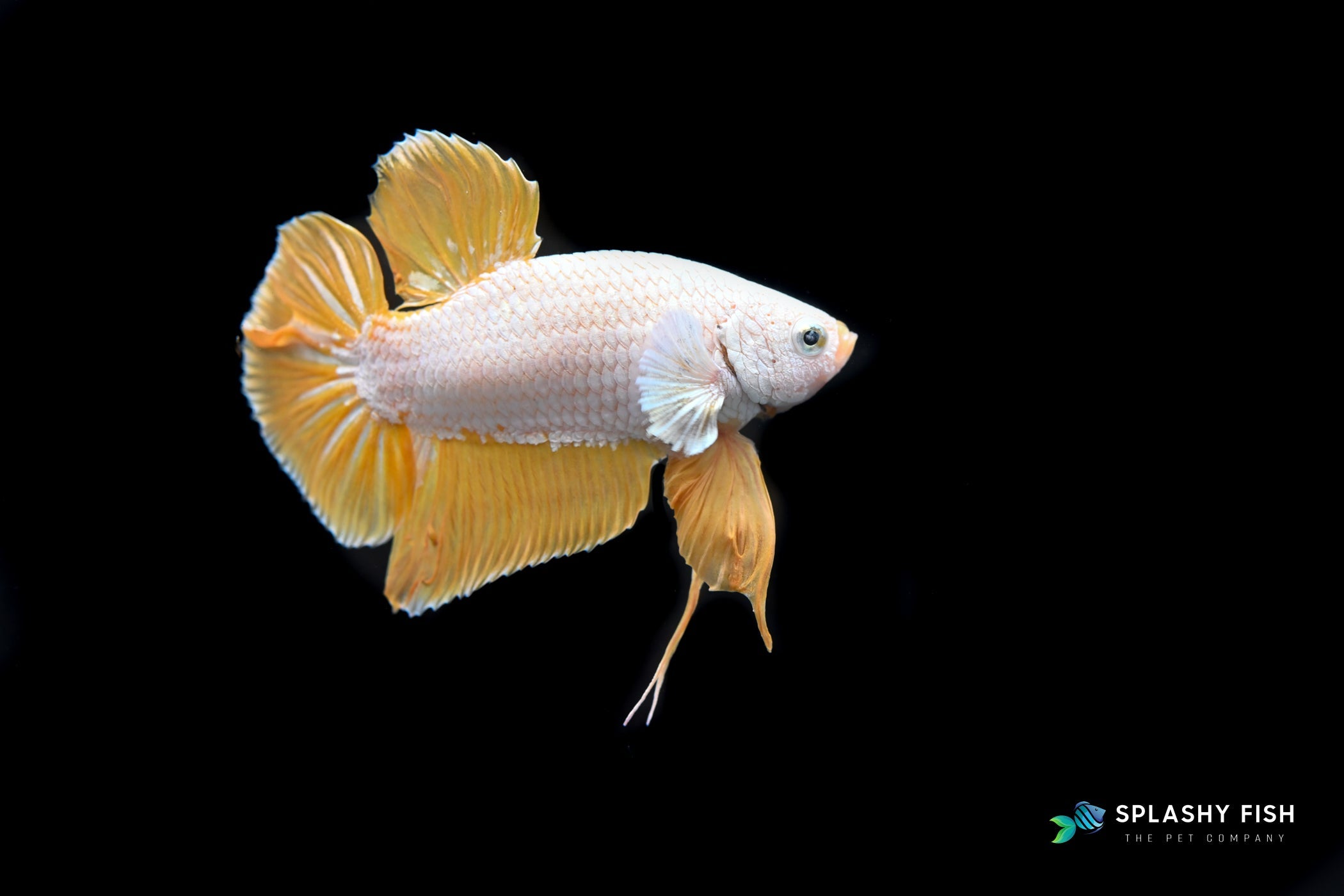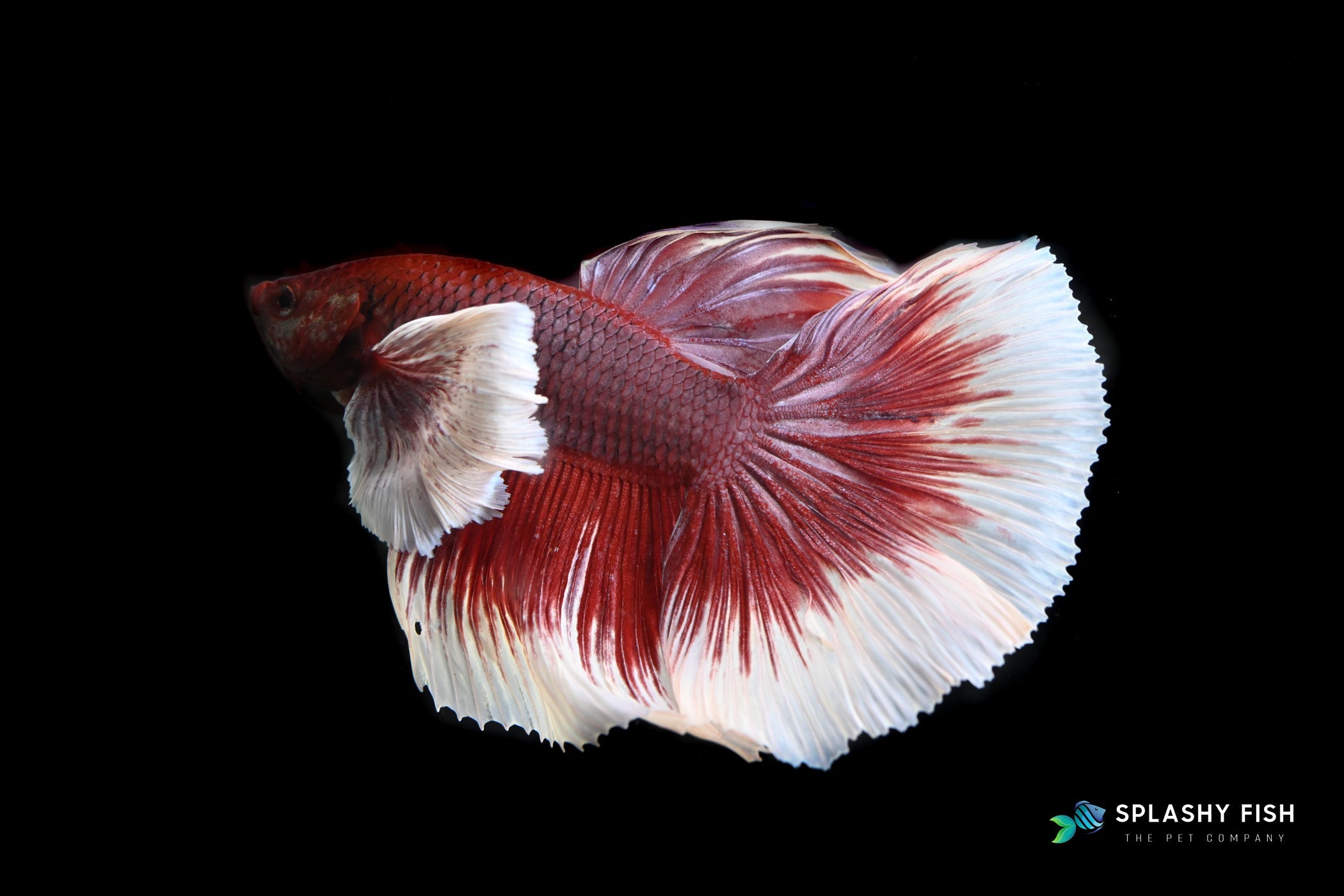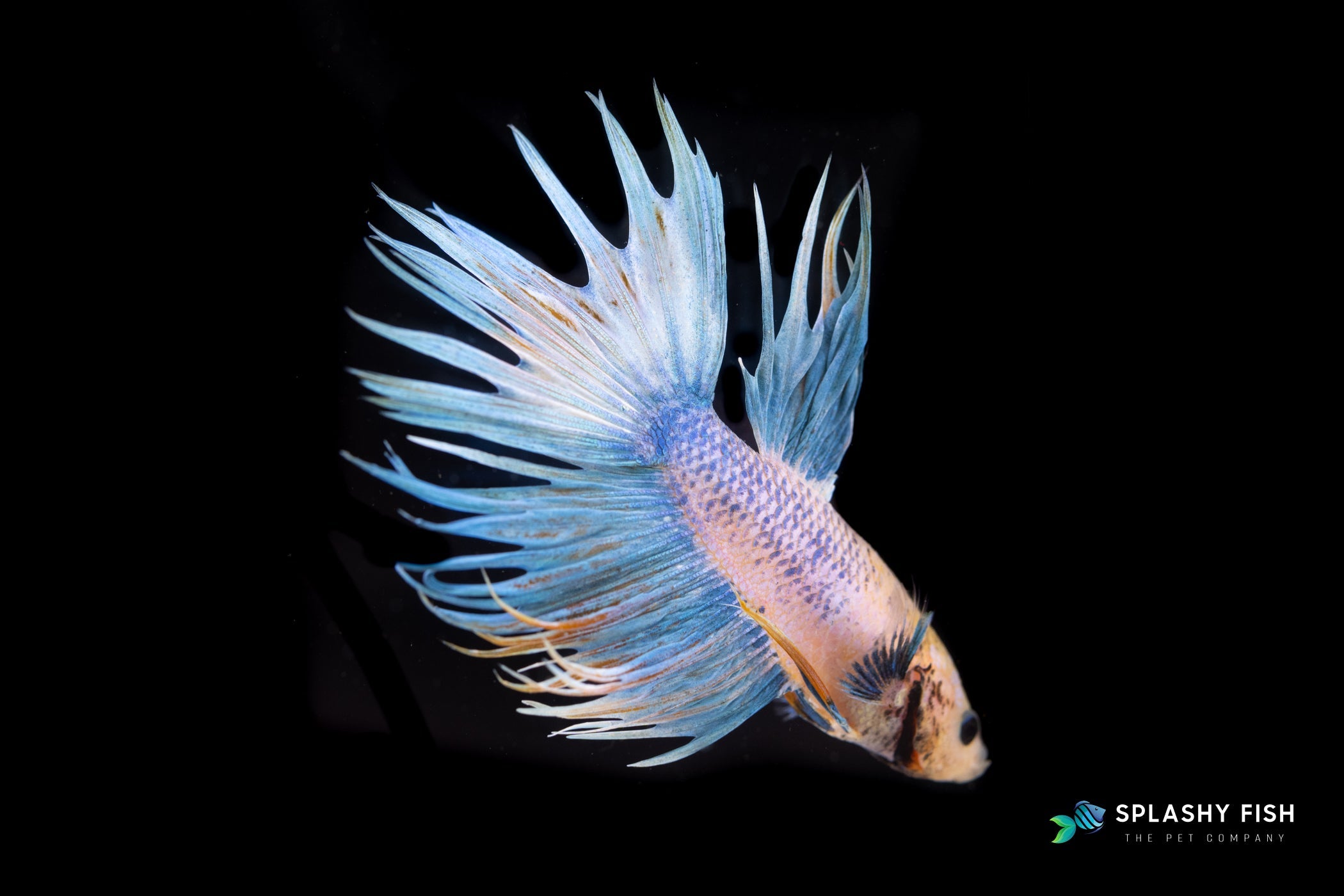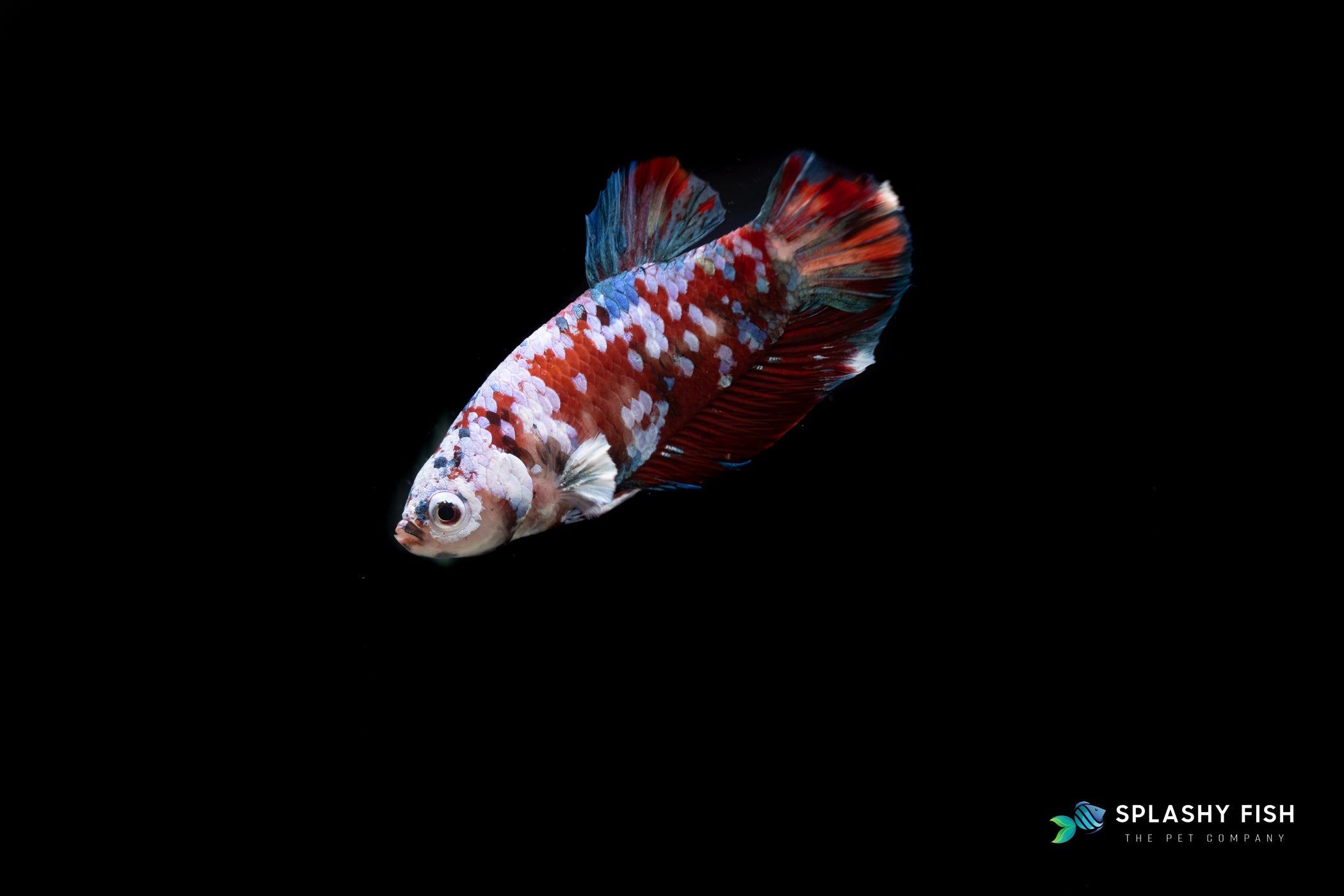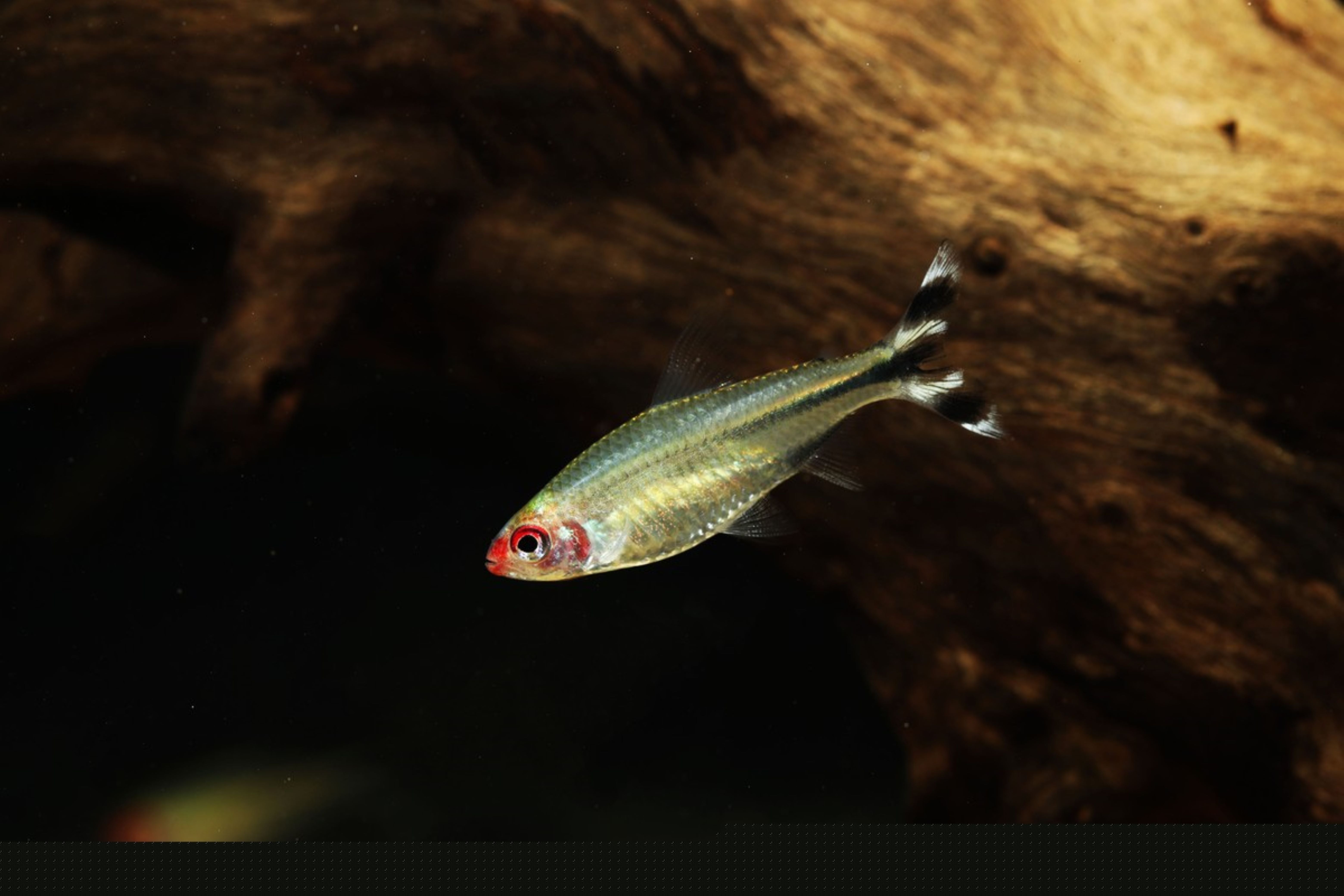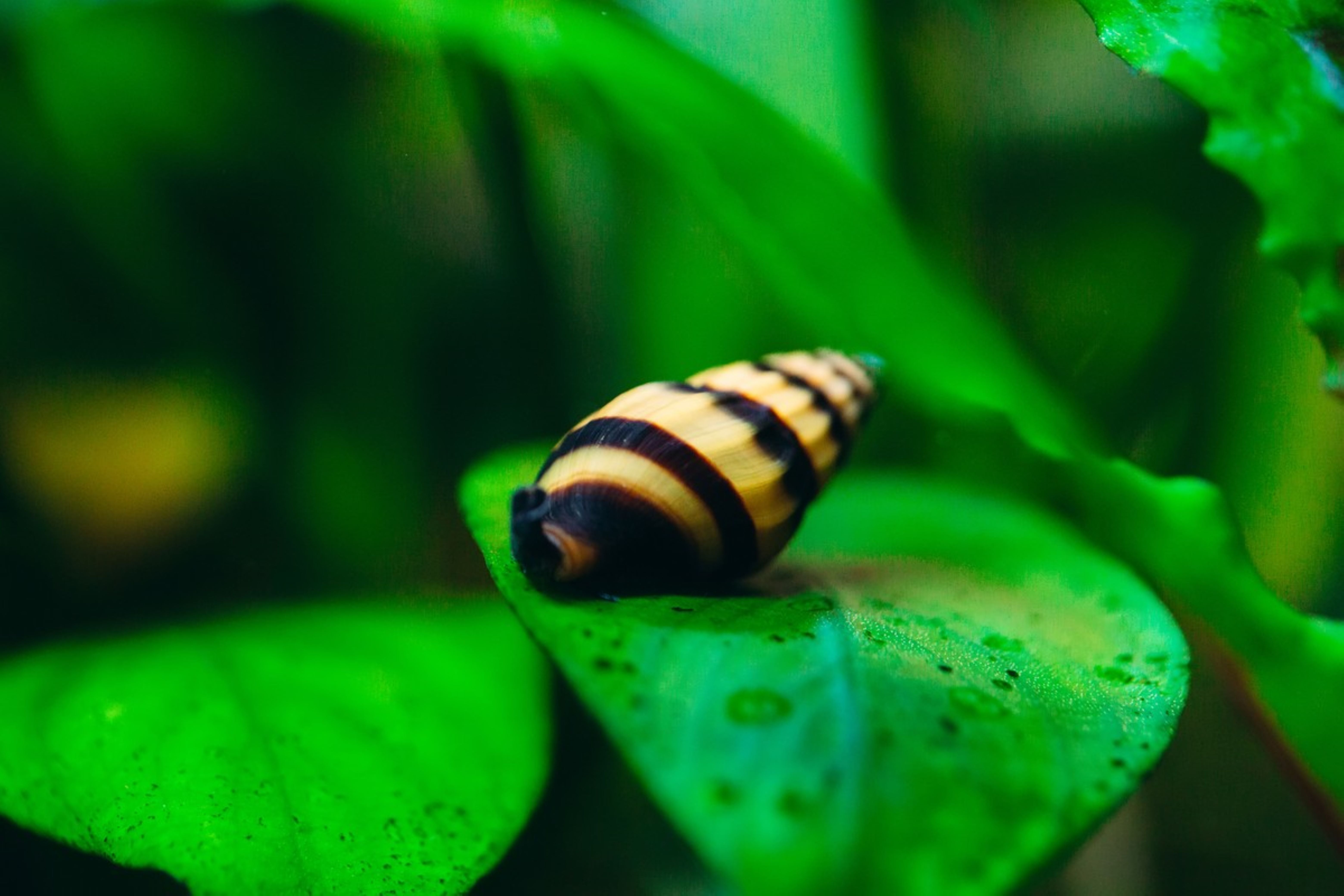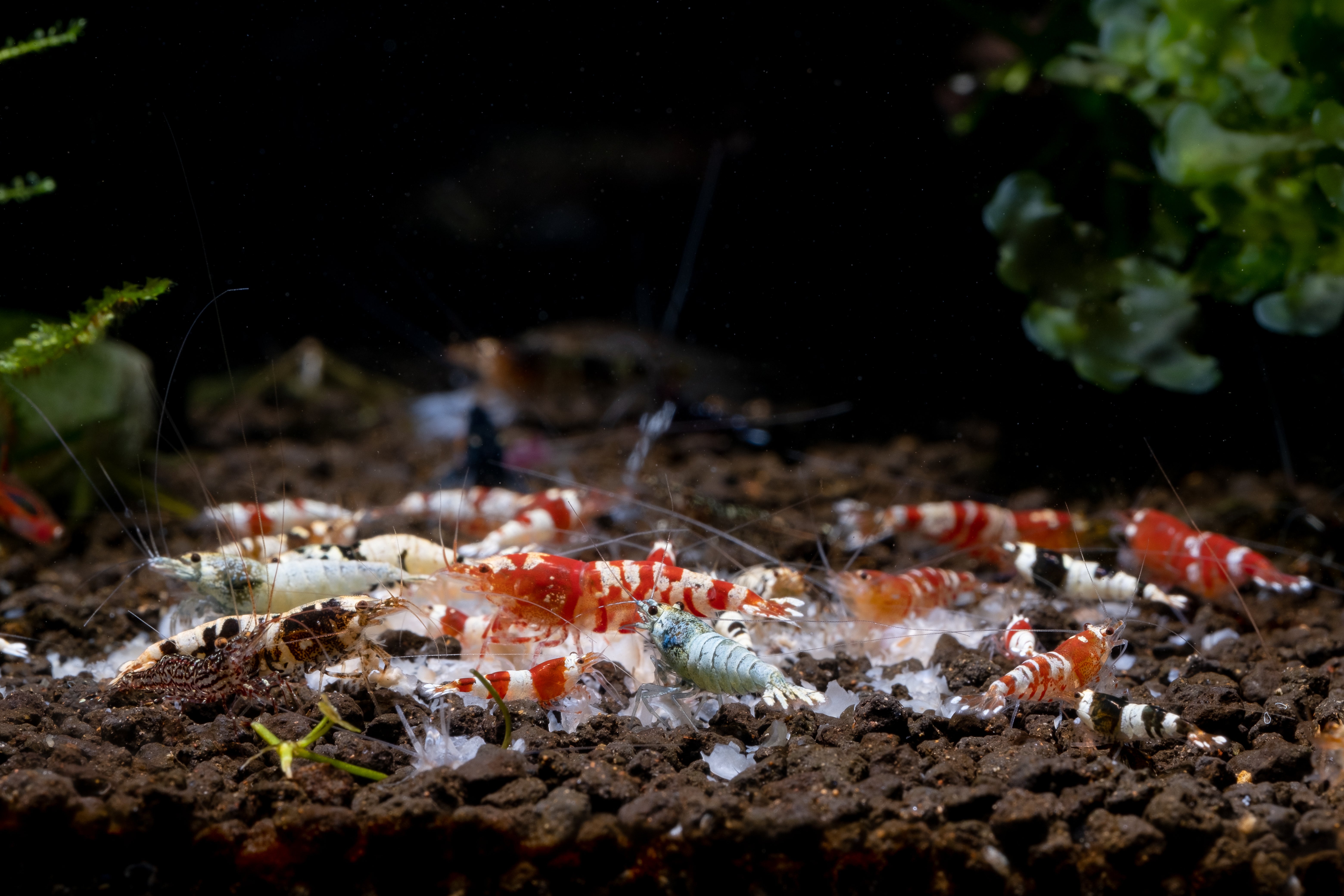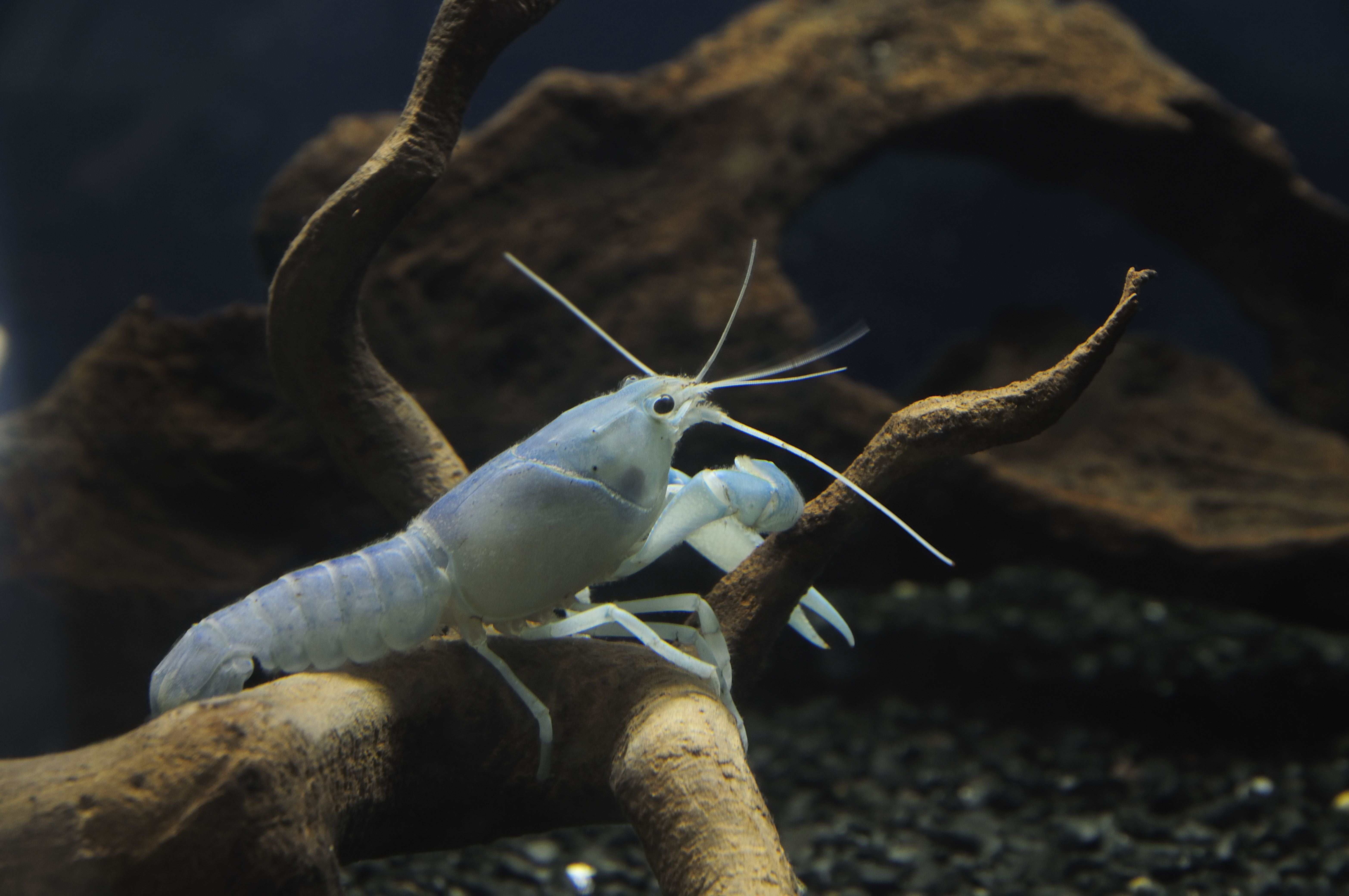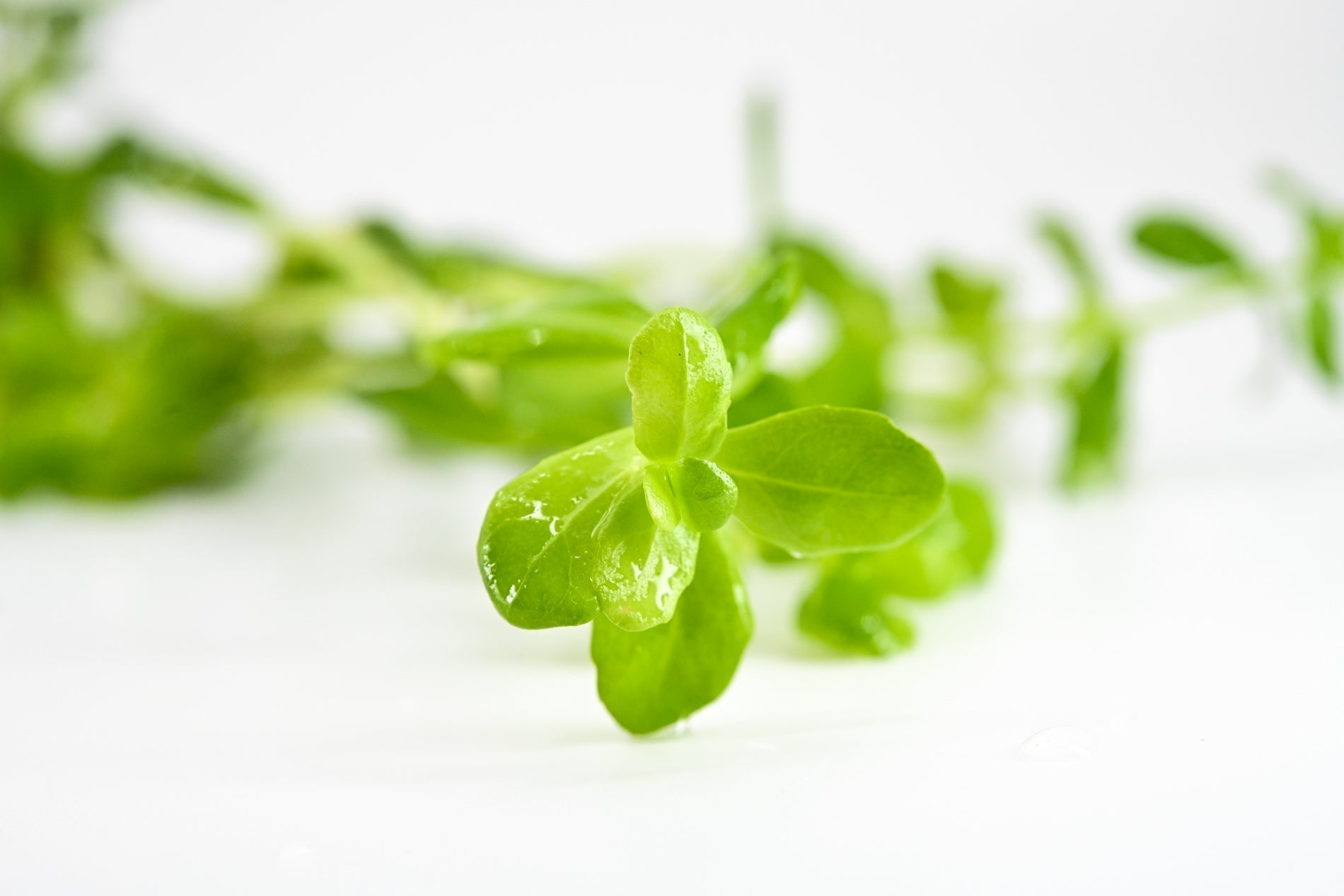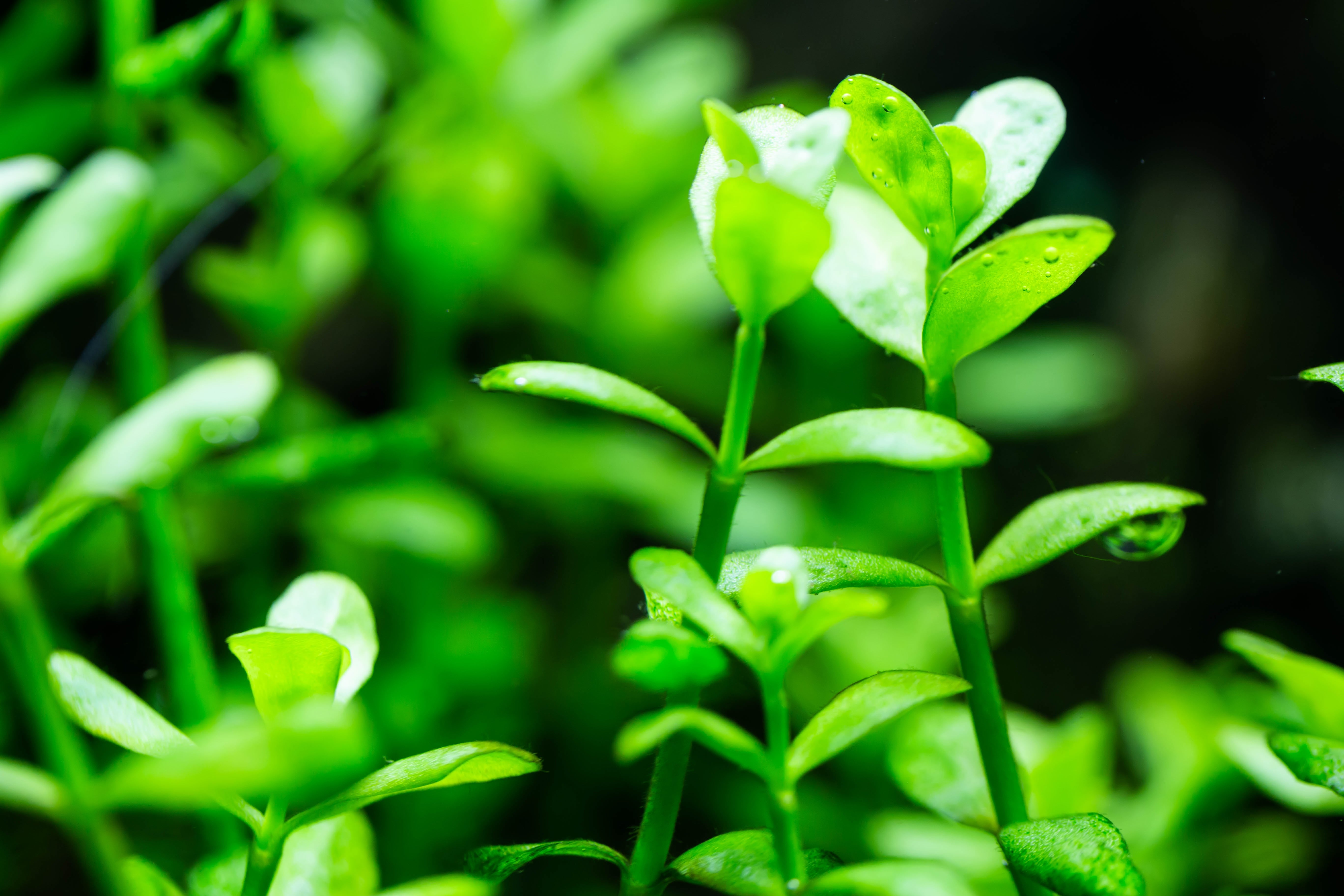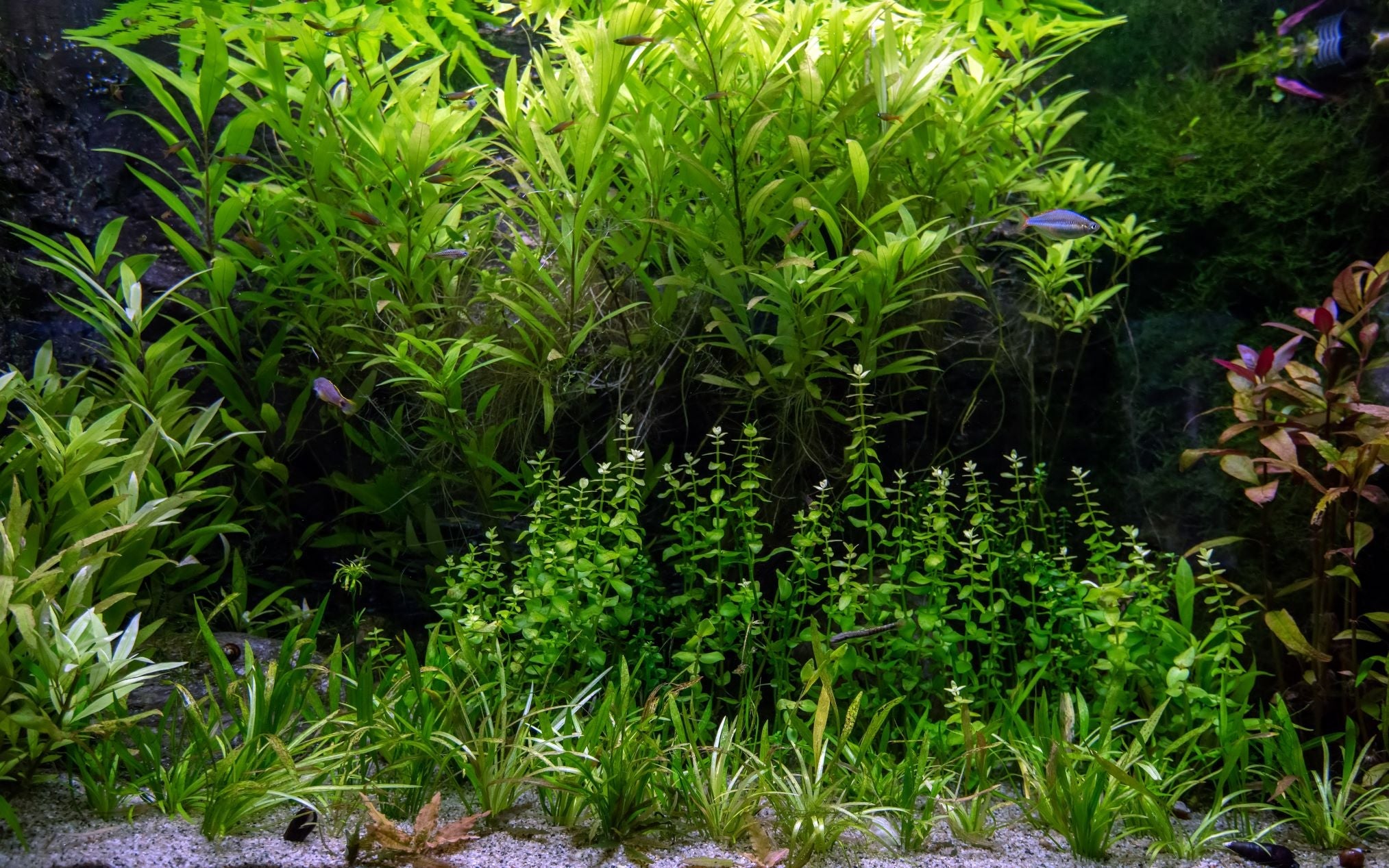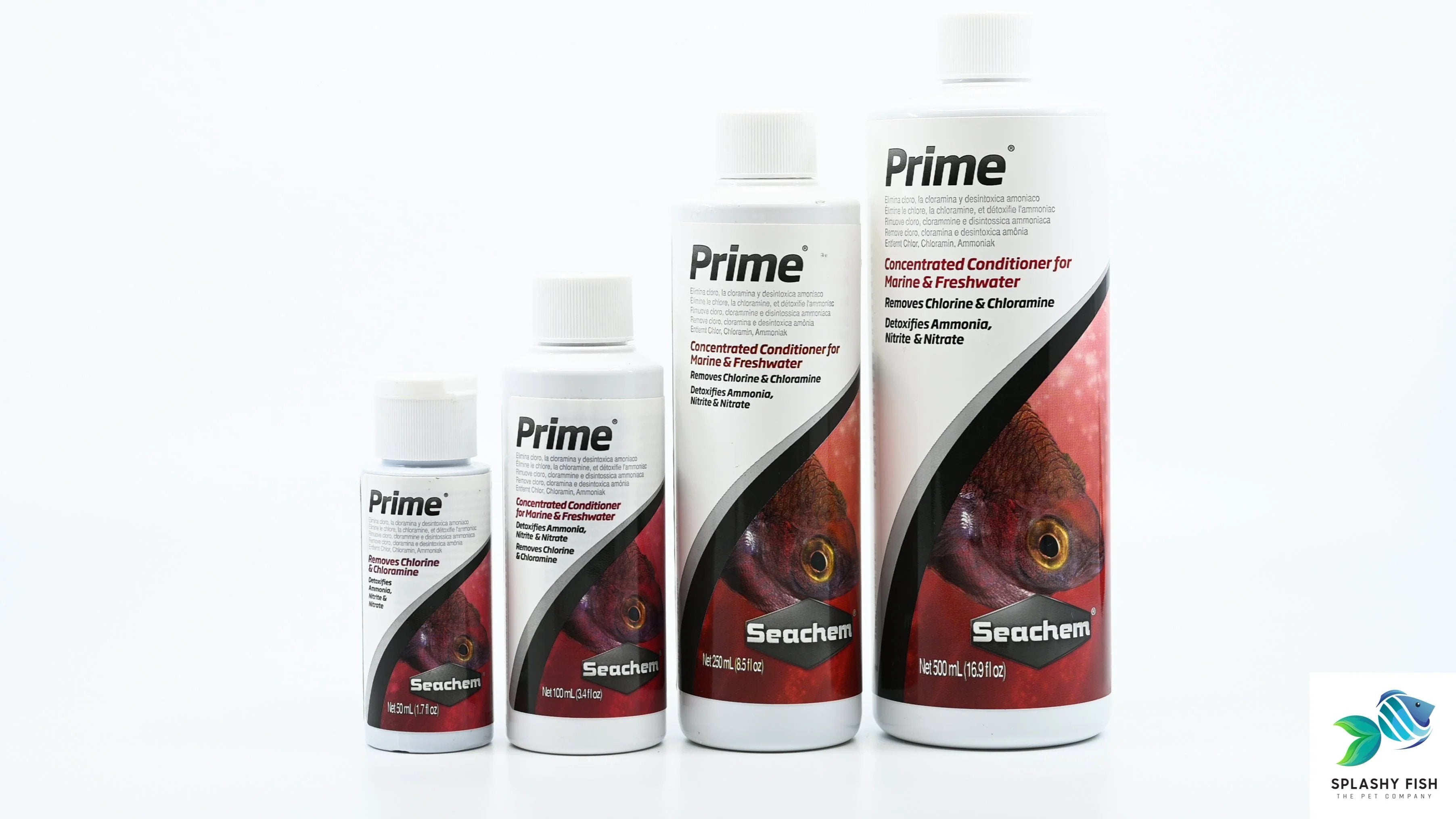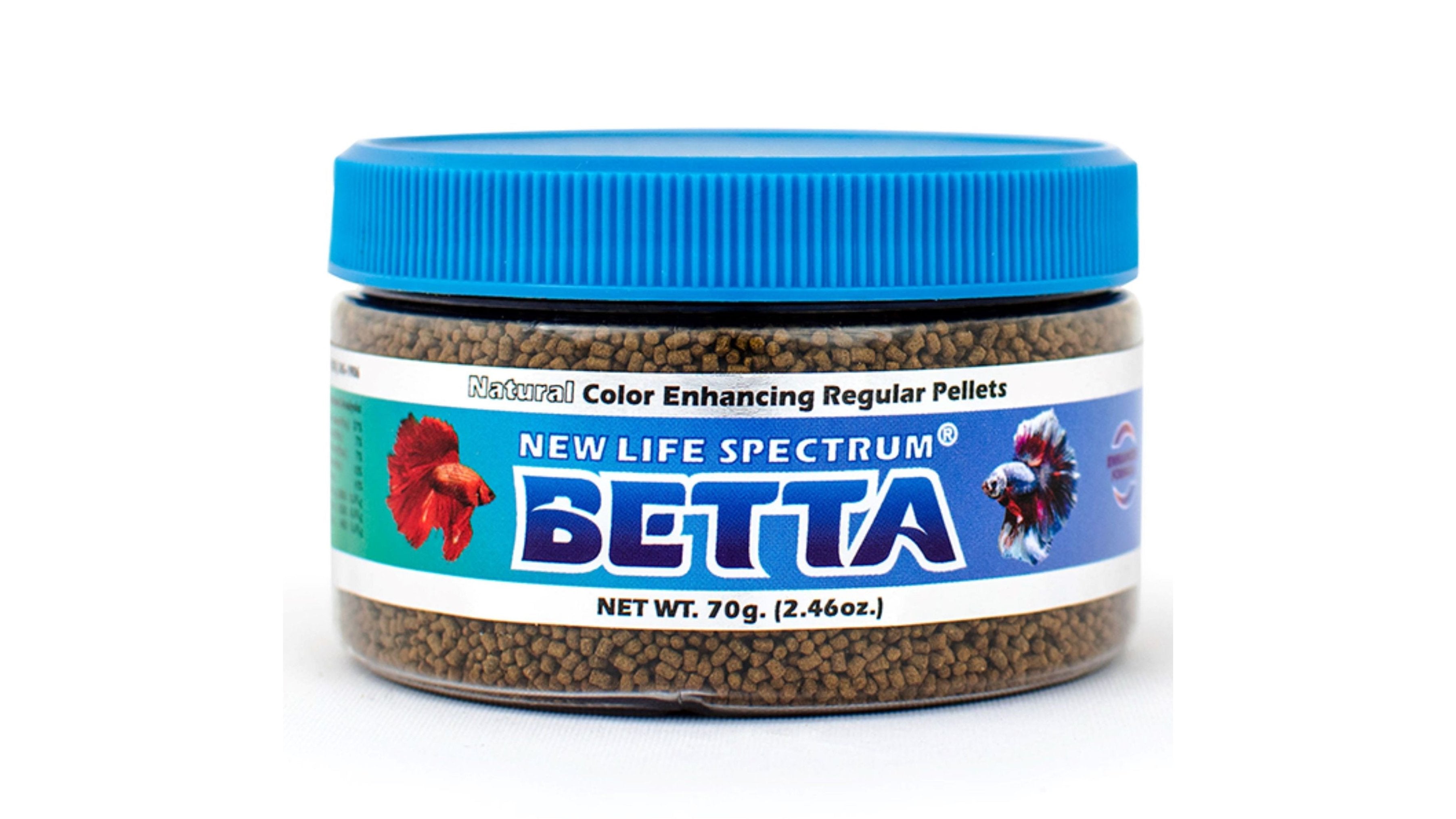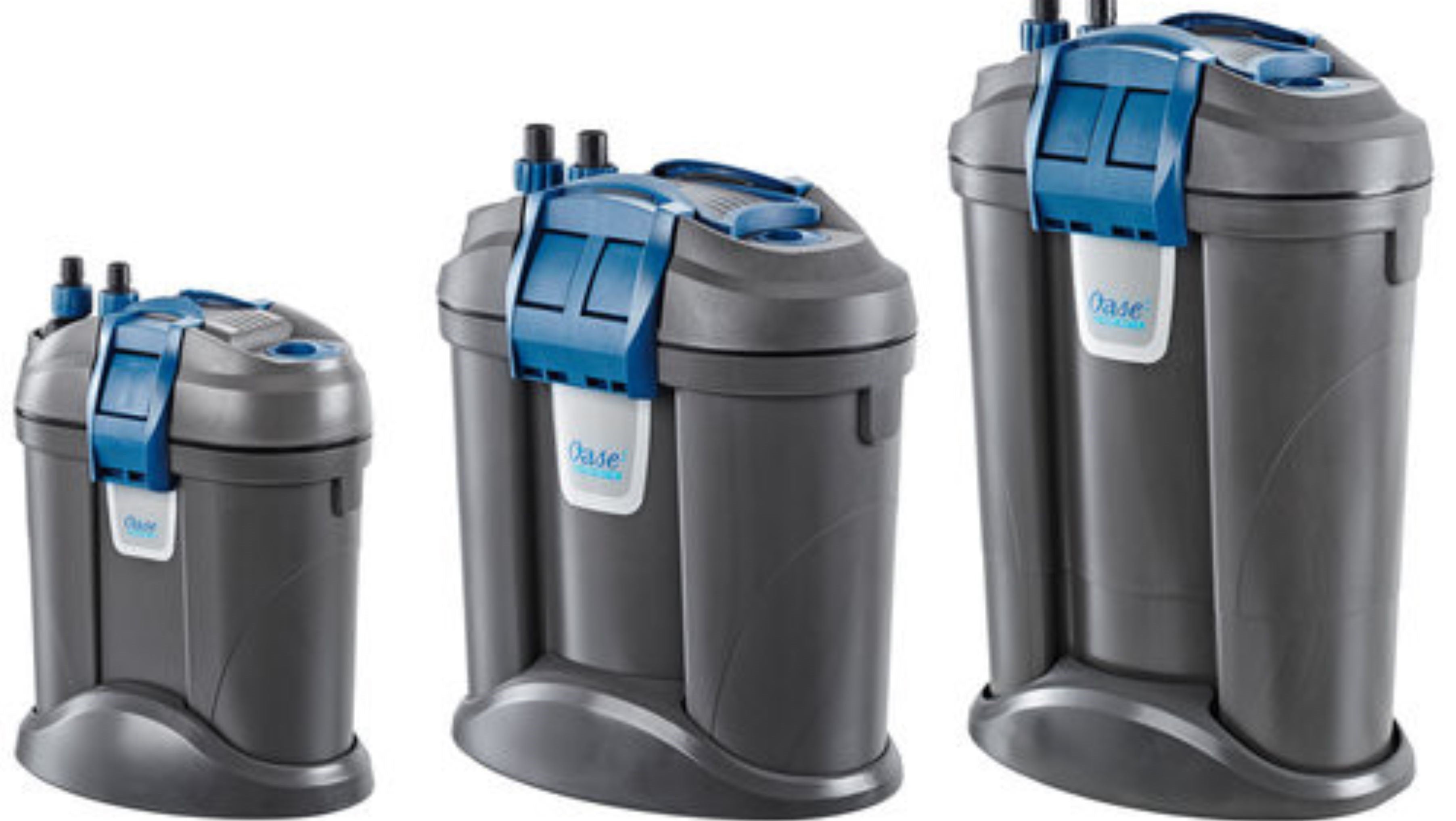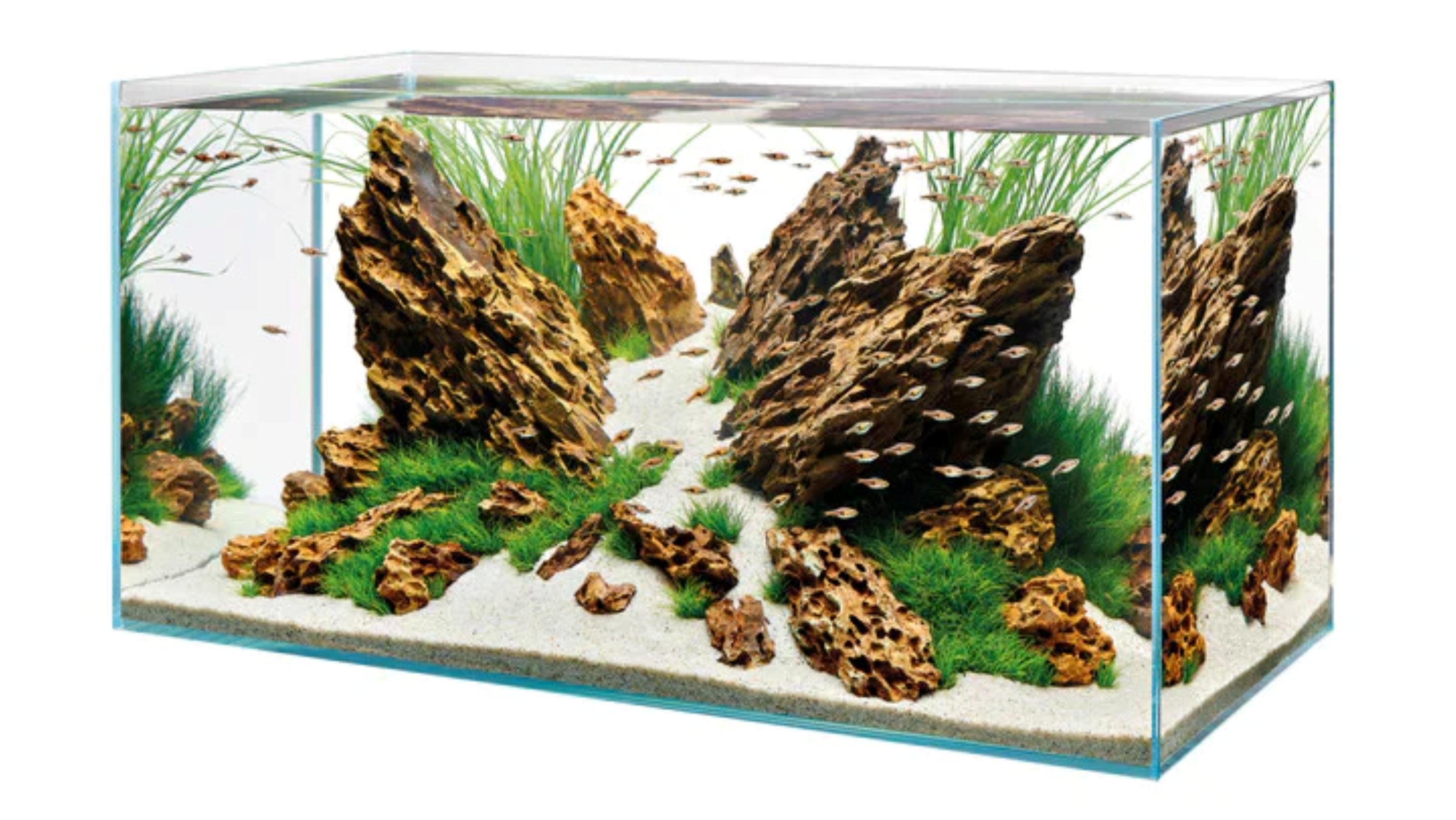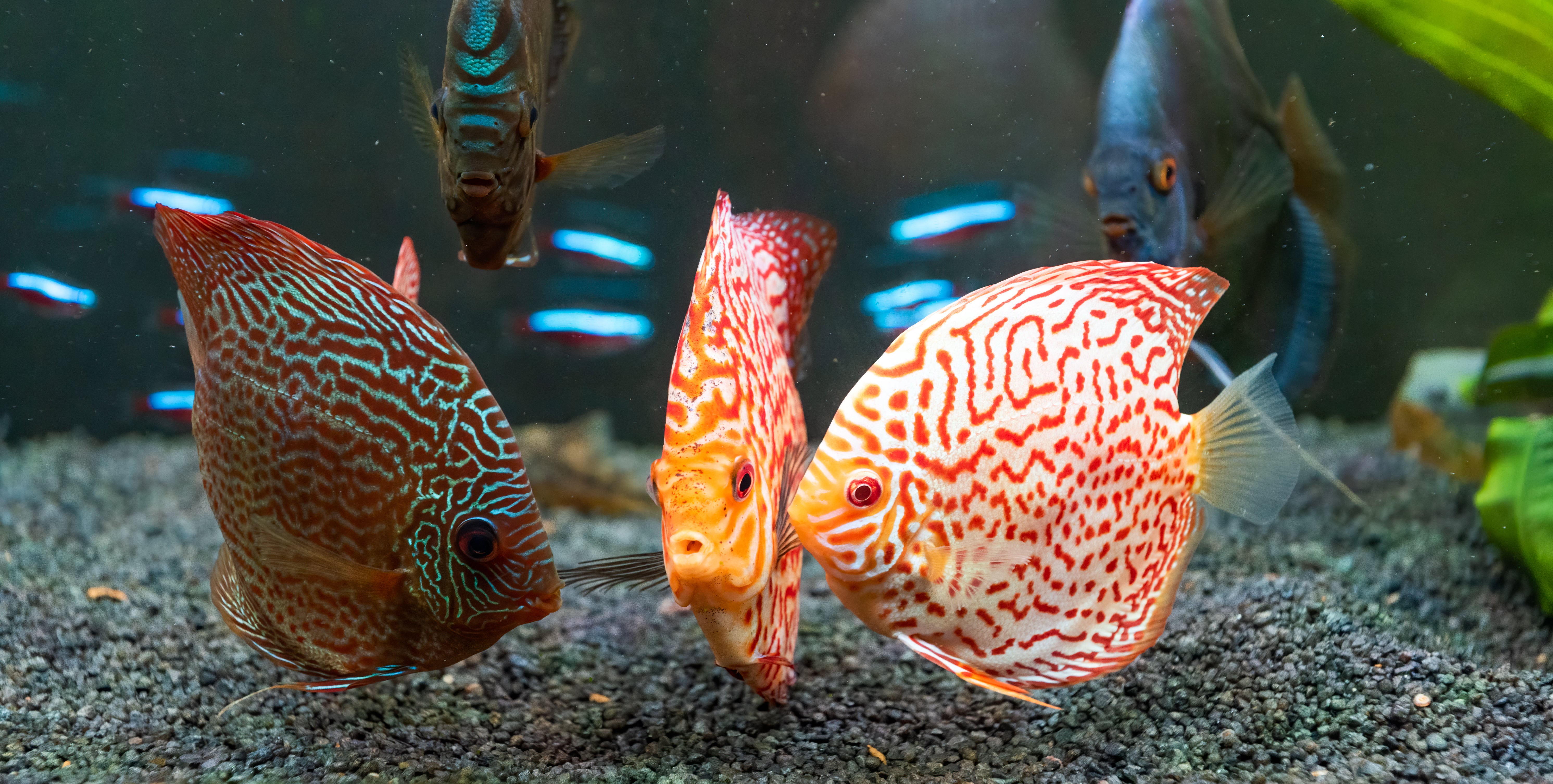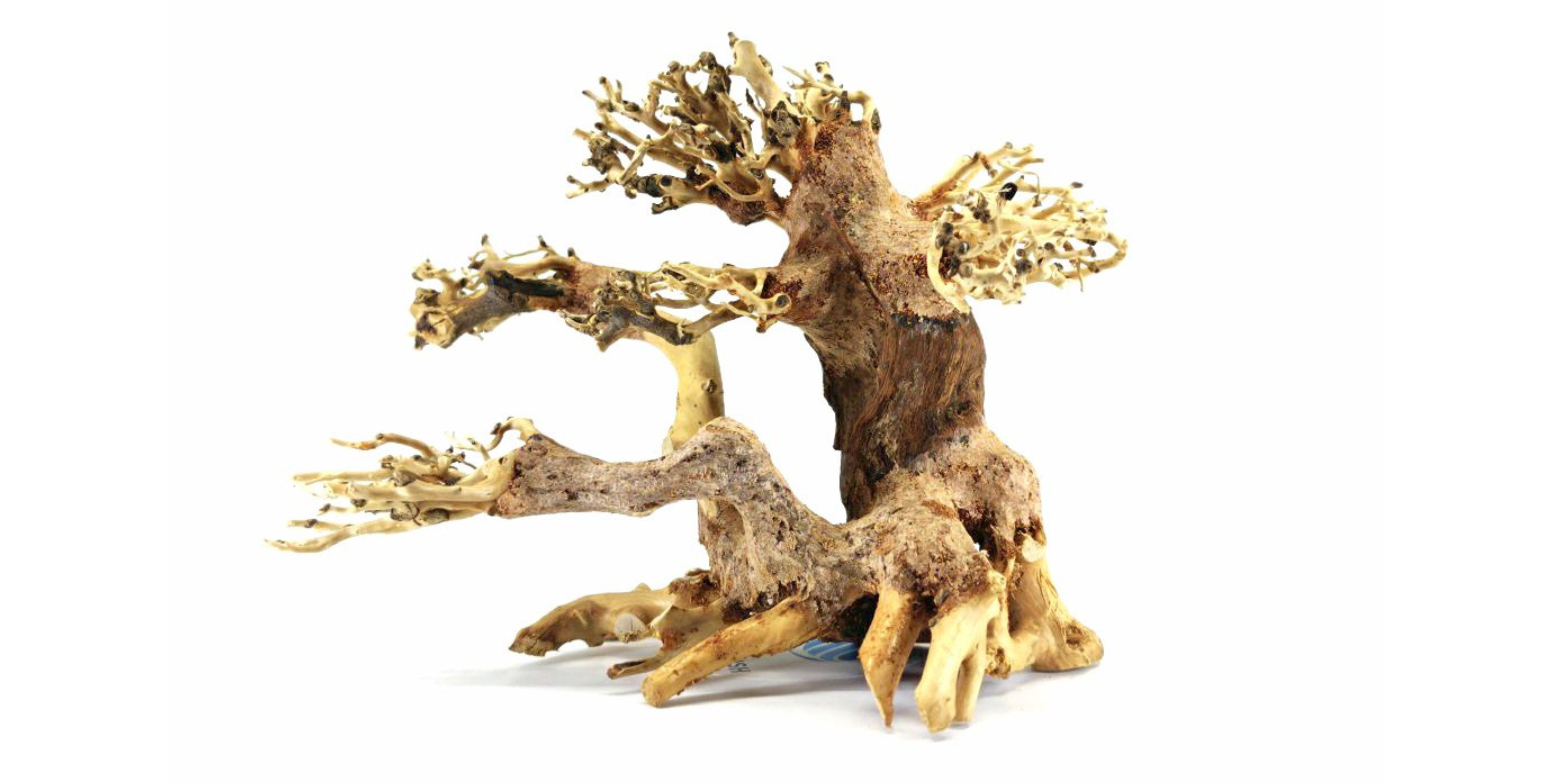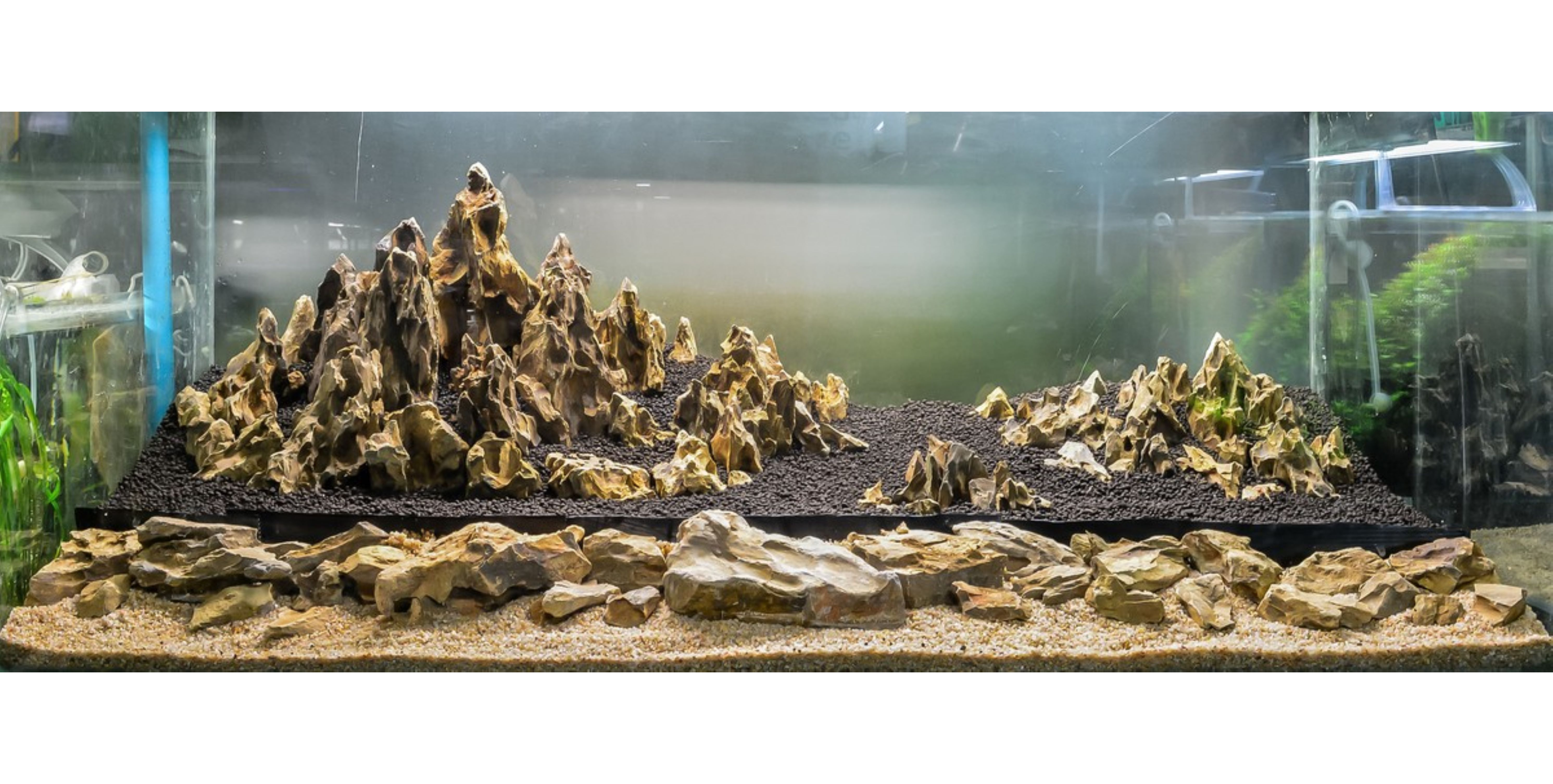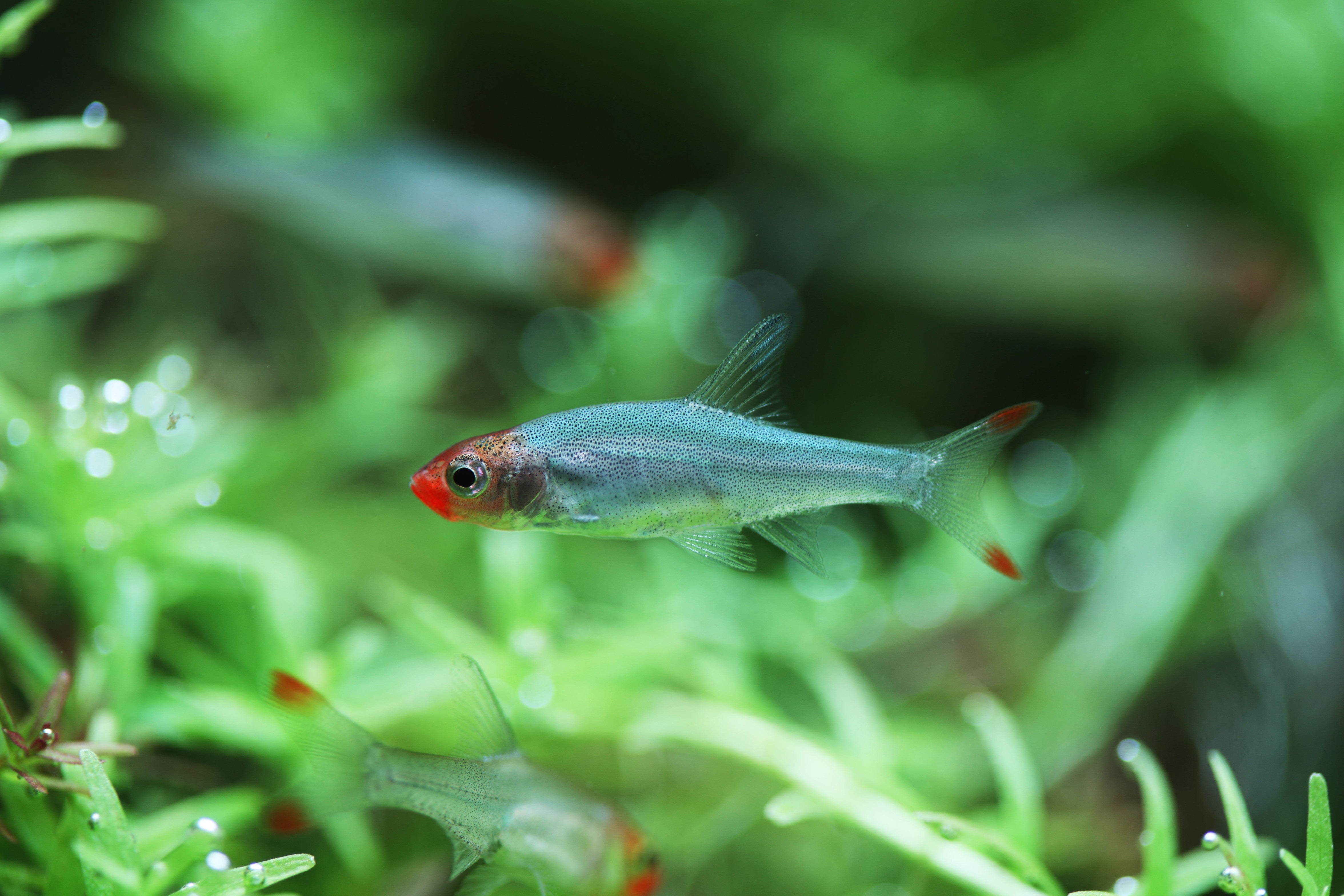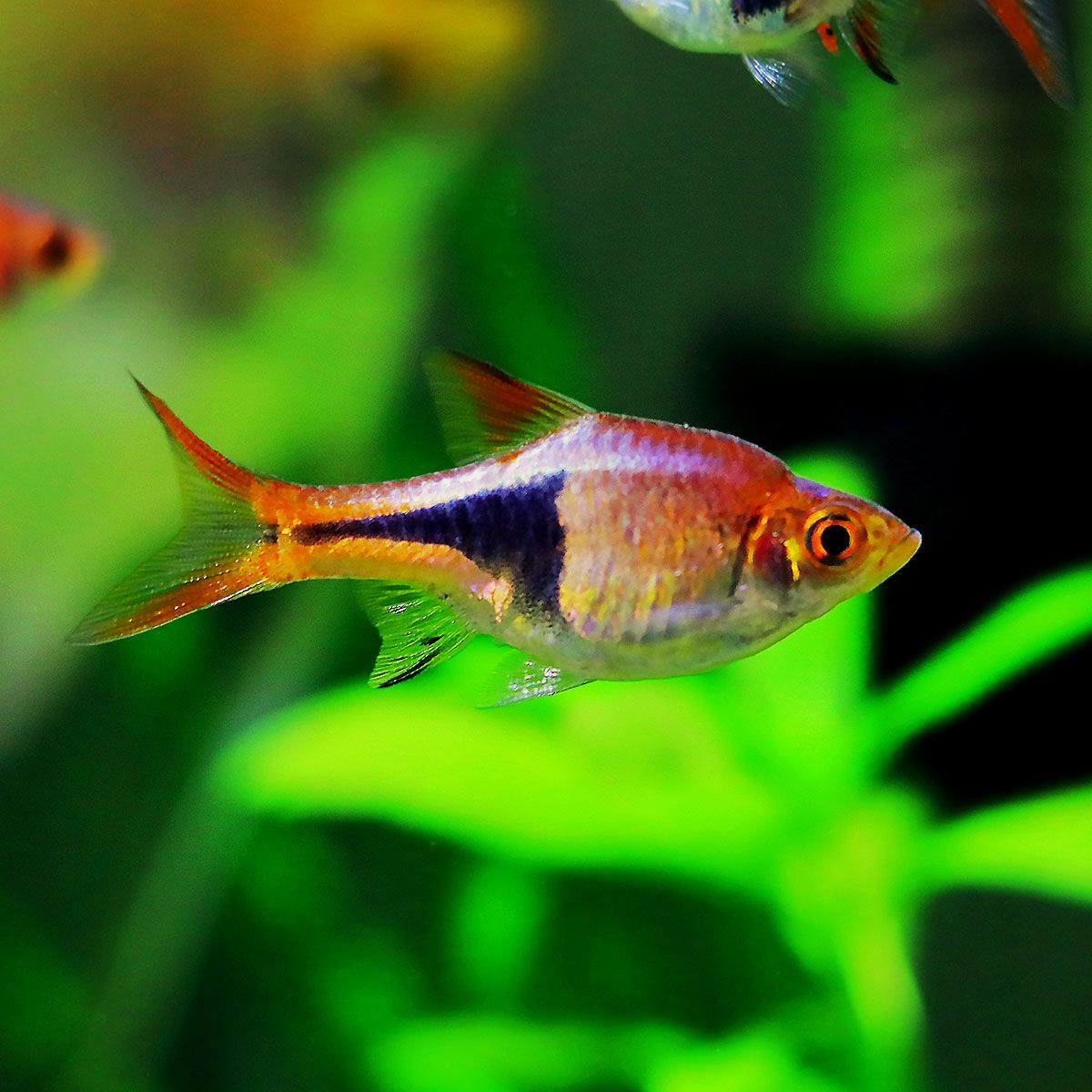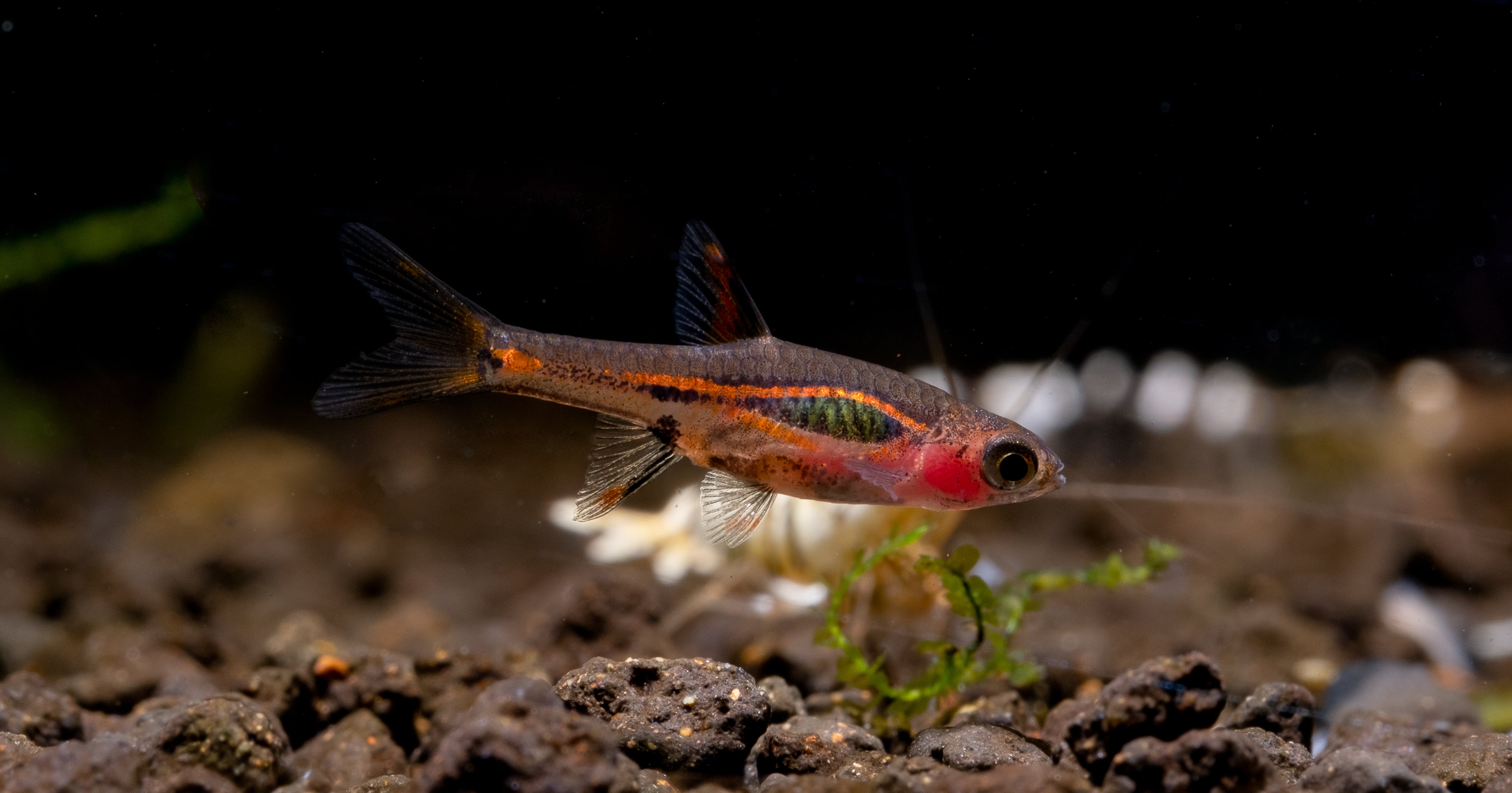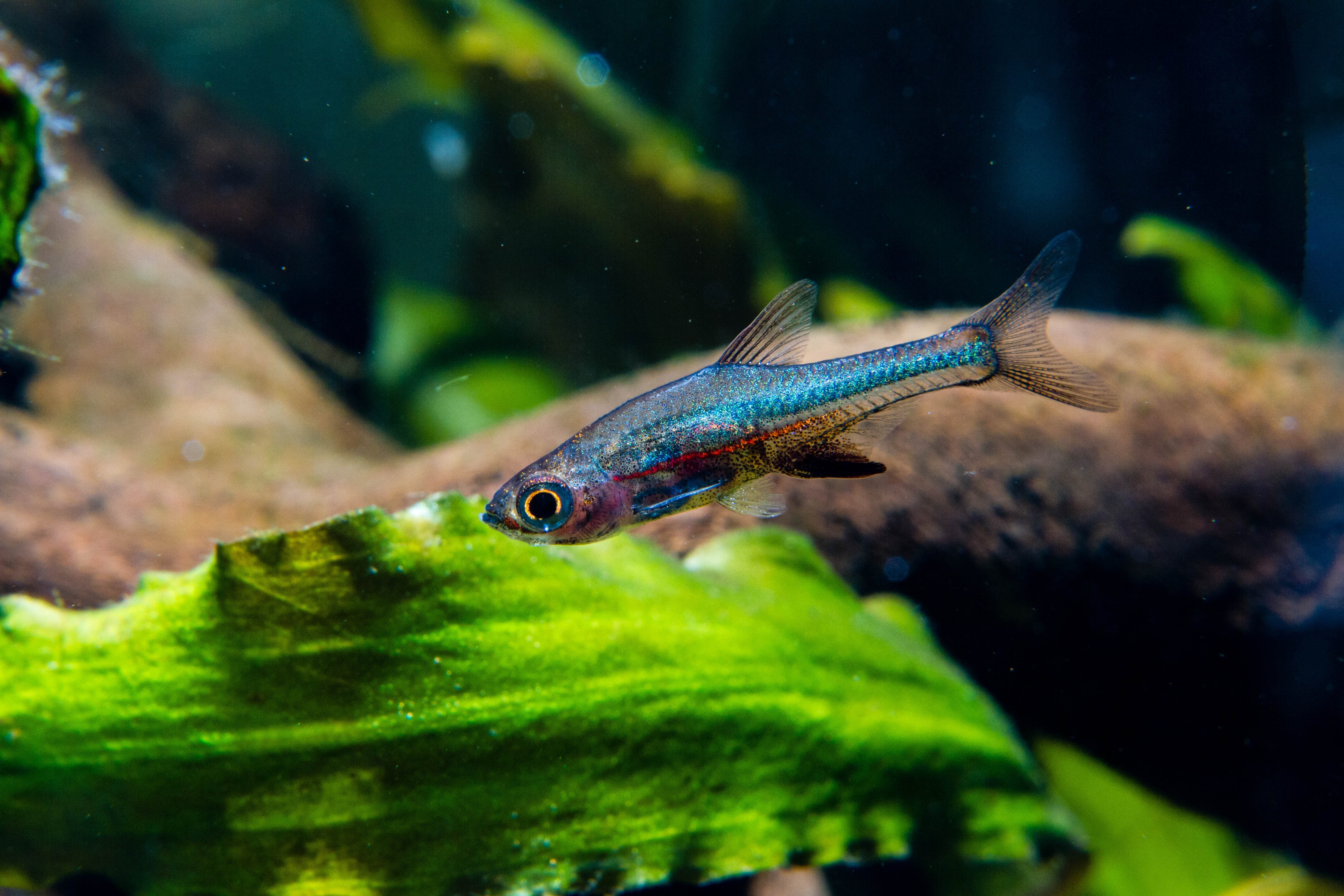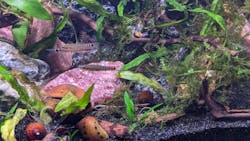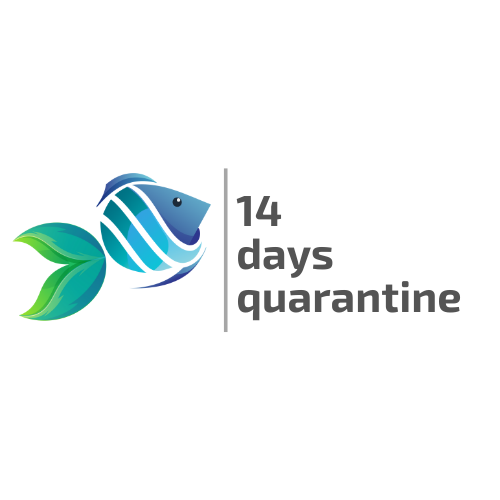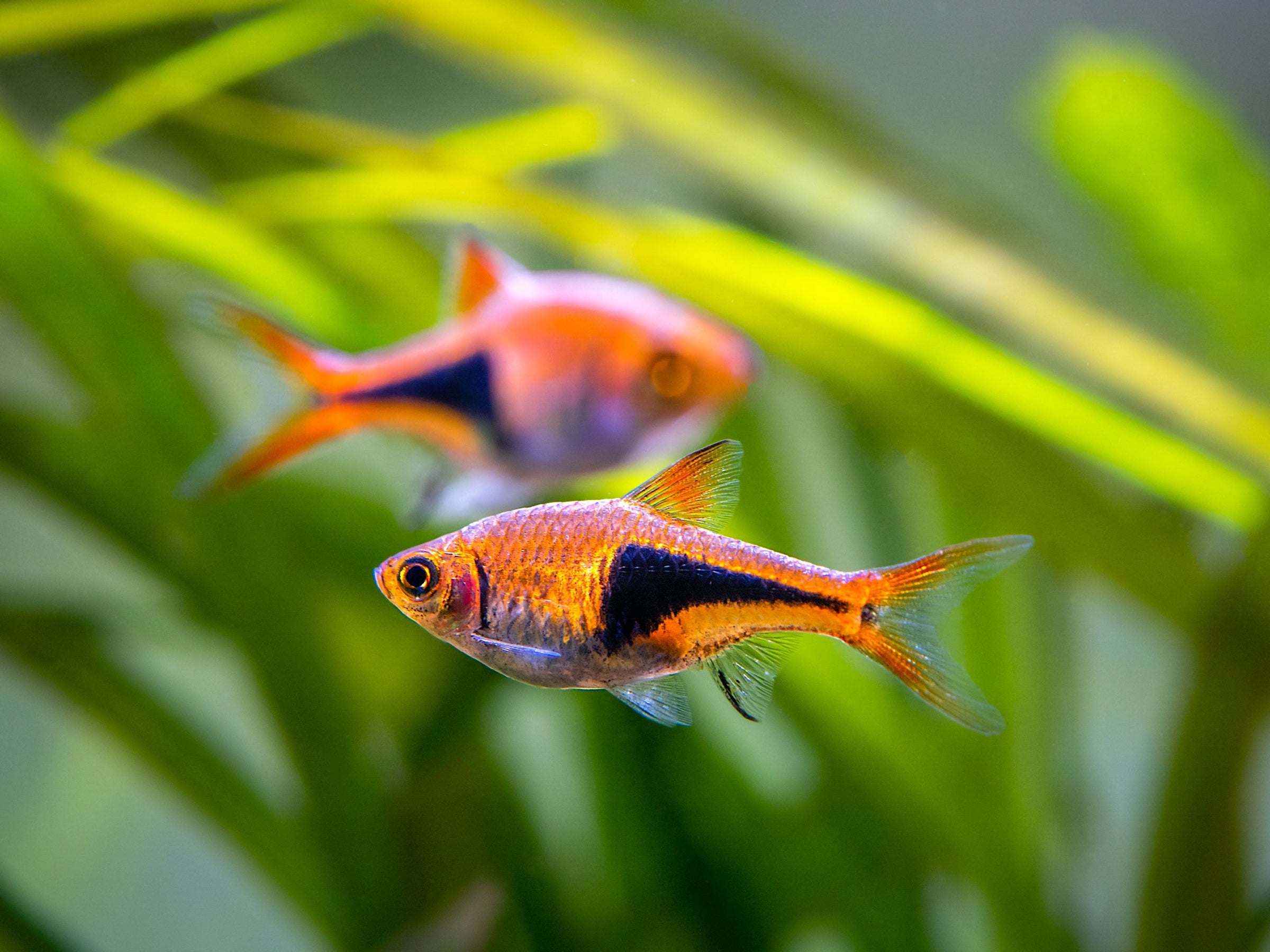
Rasbora Fish
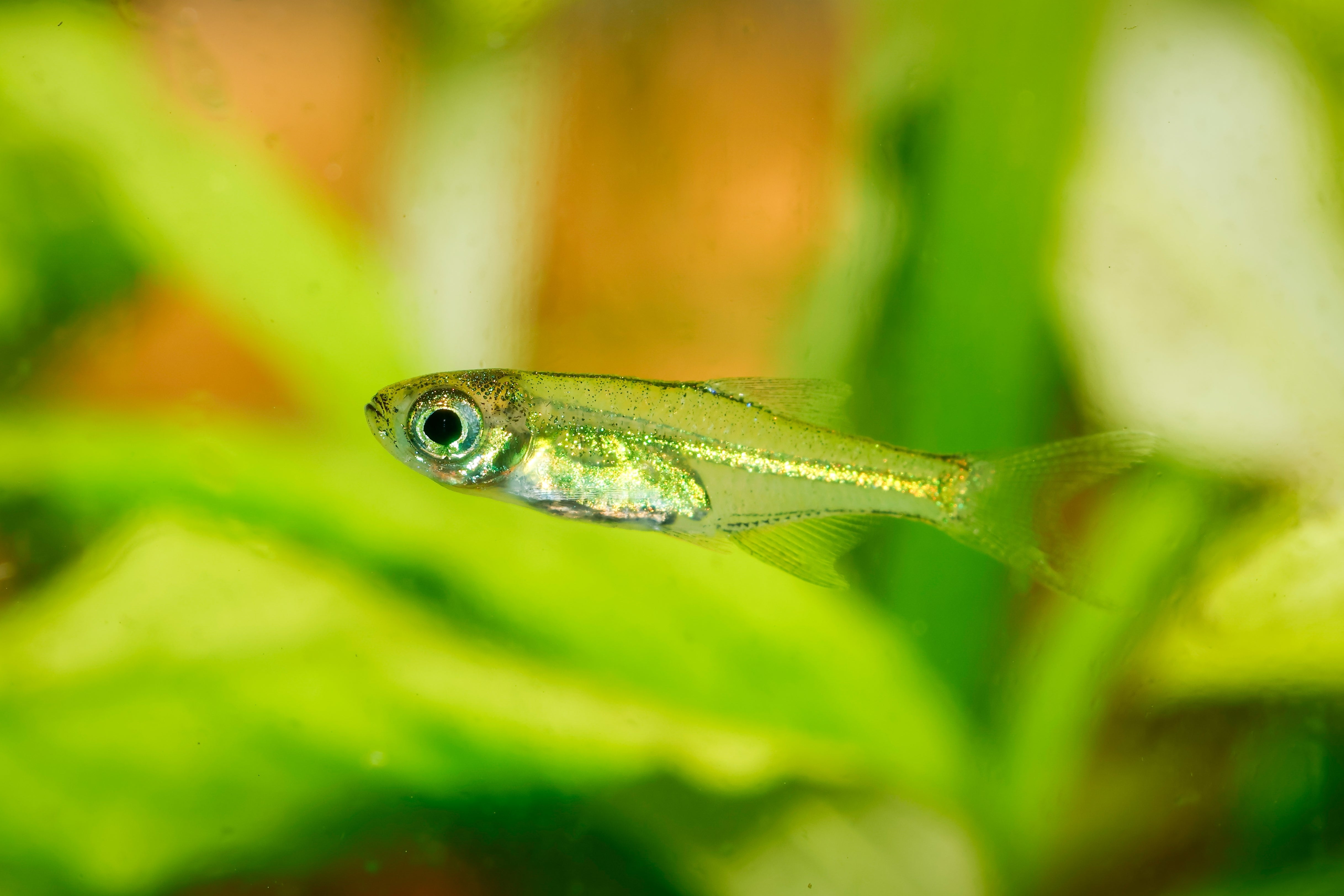
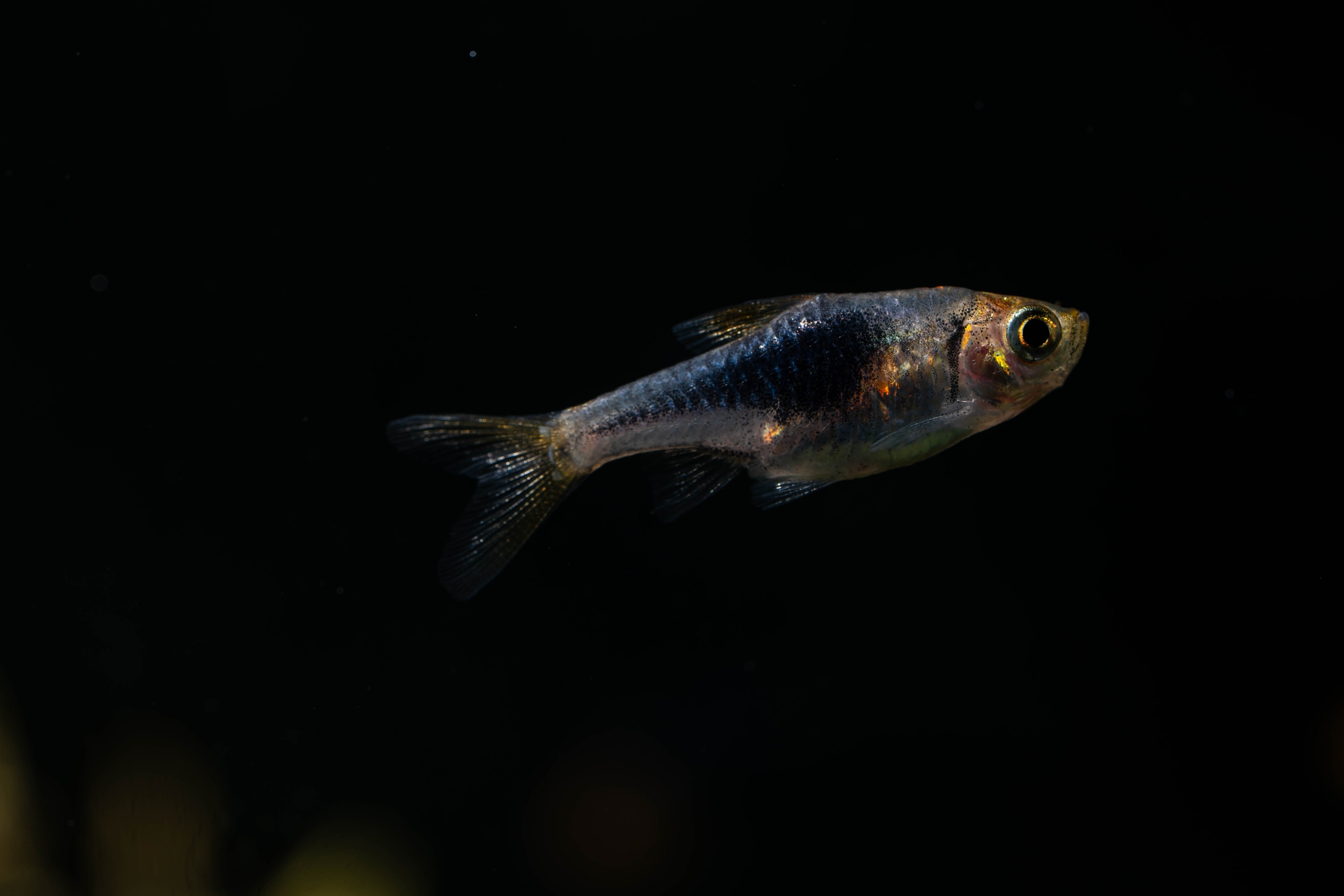
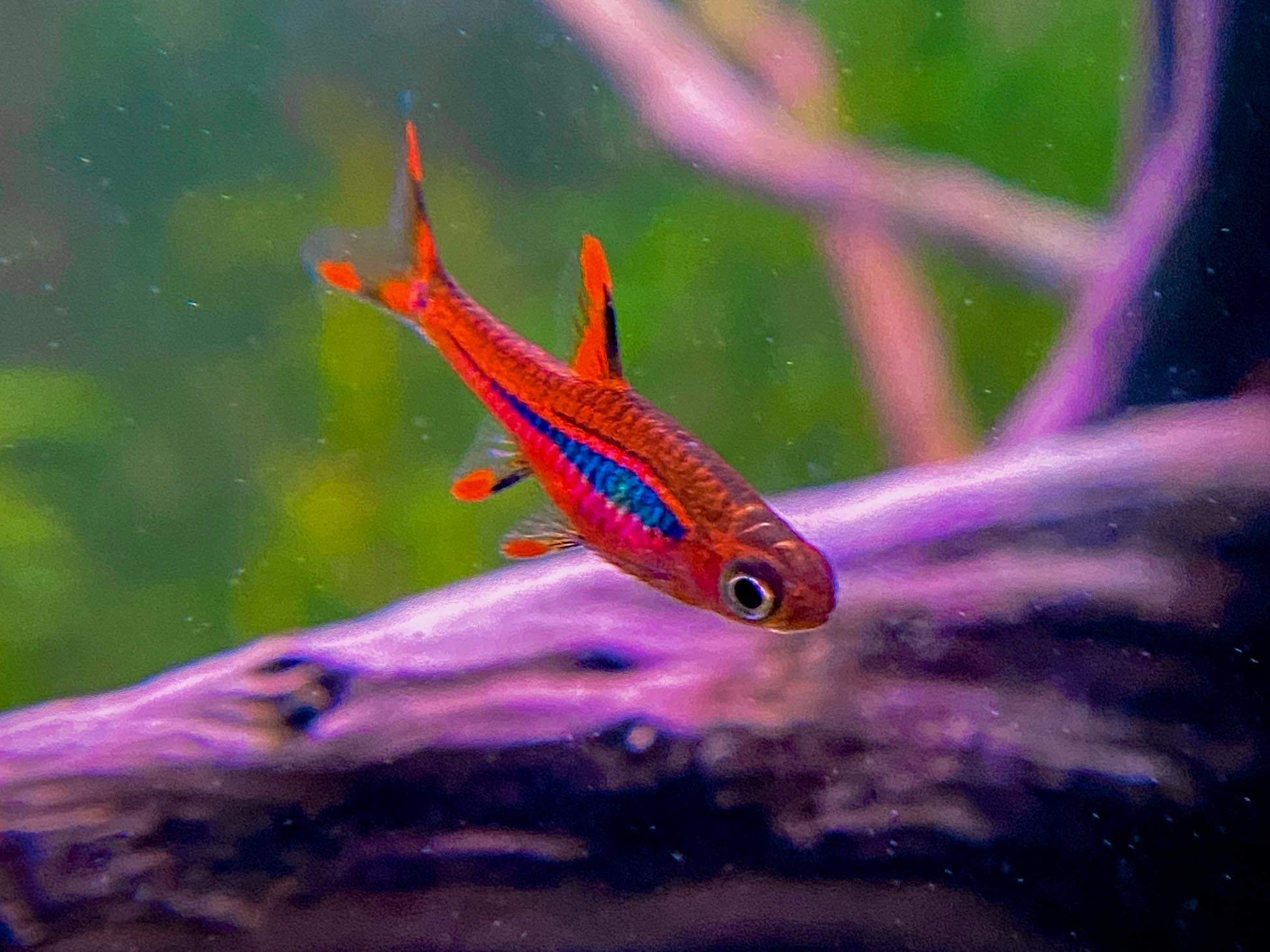
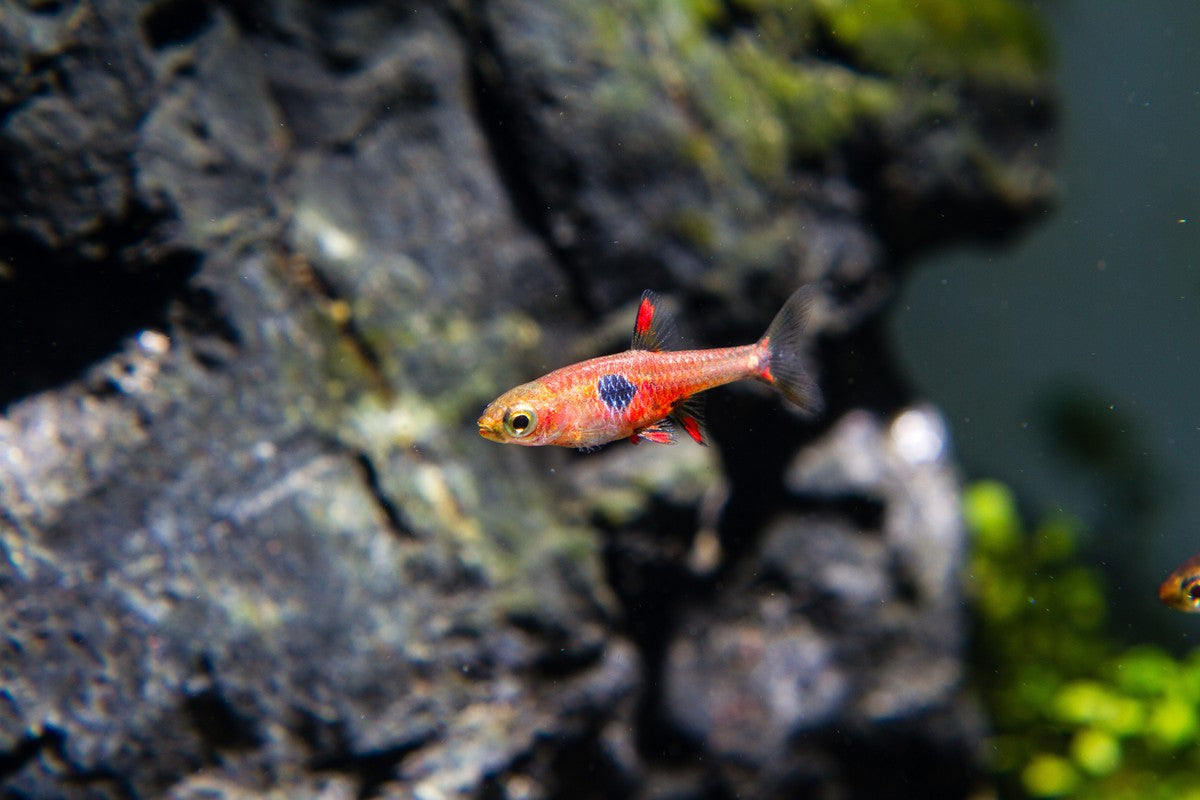

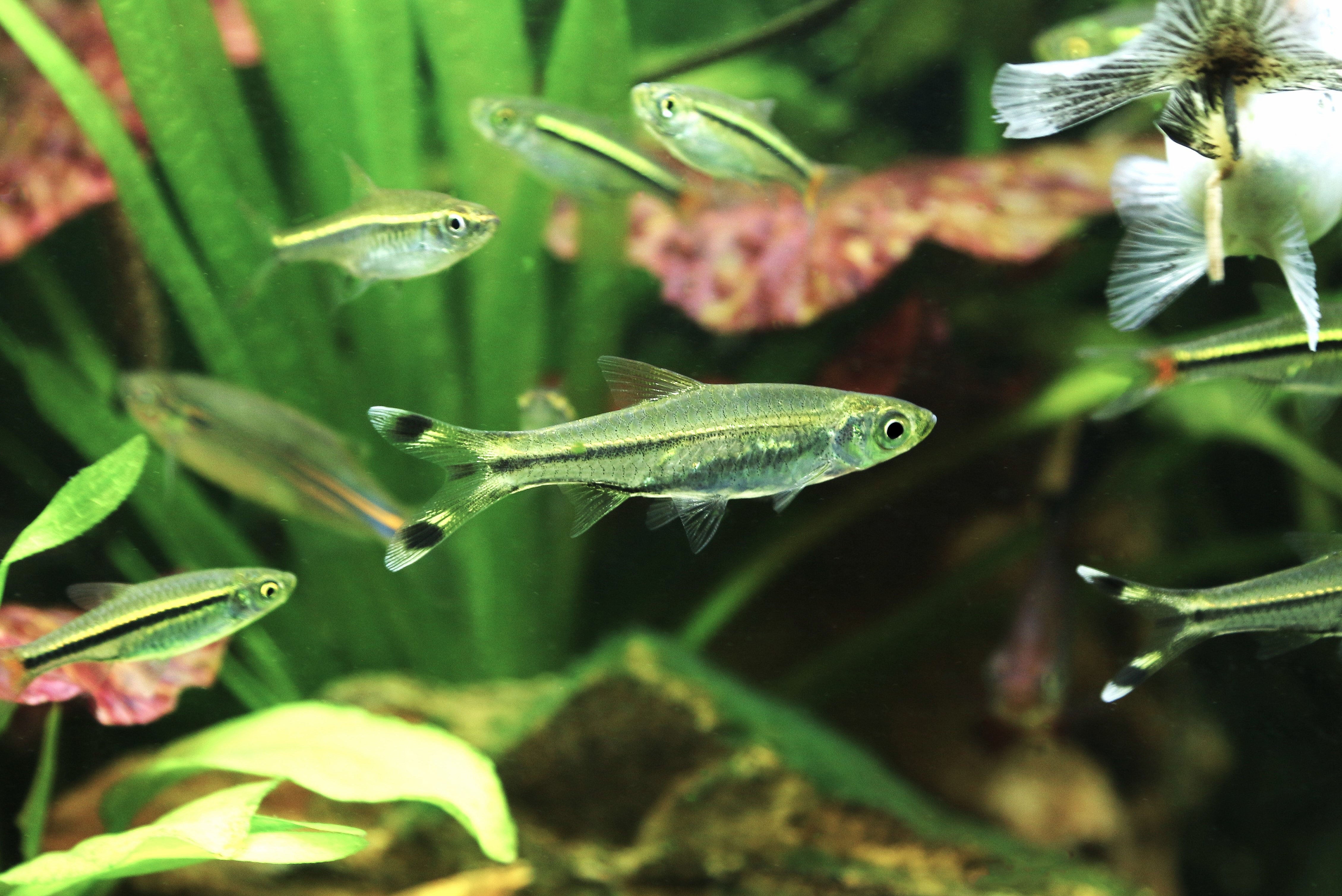
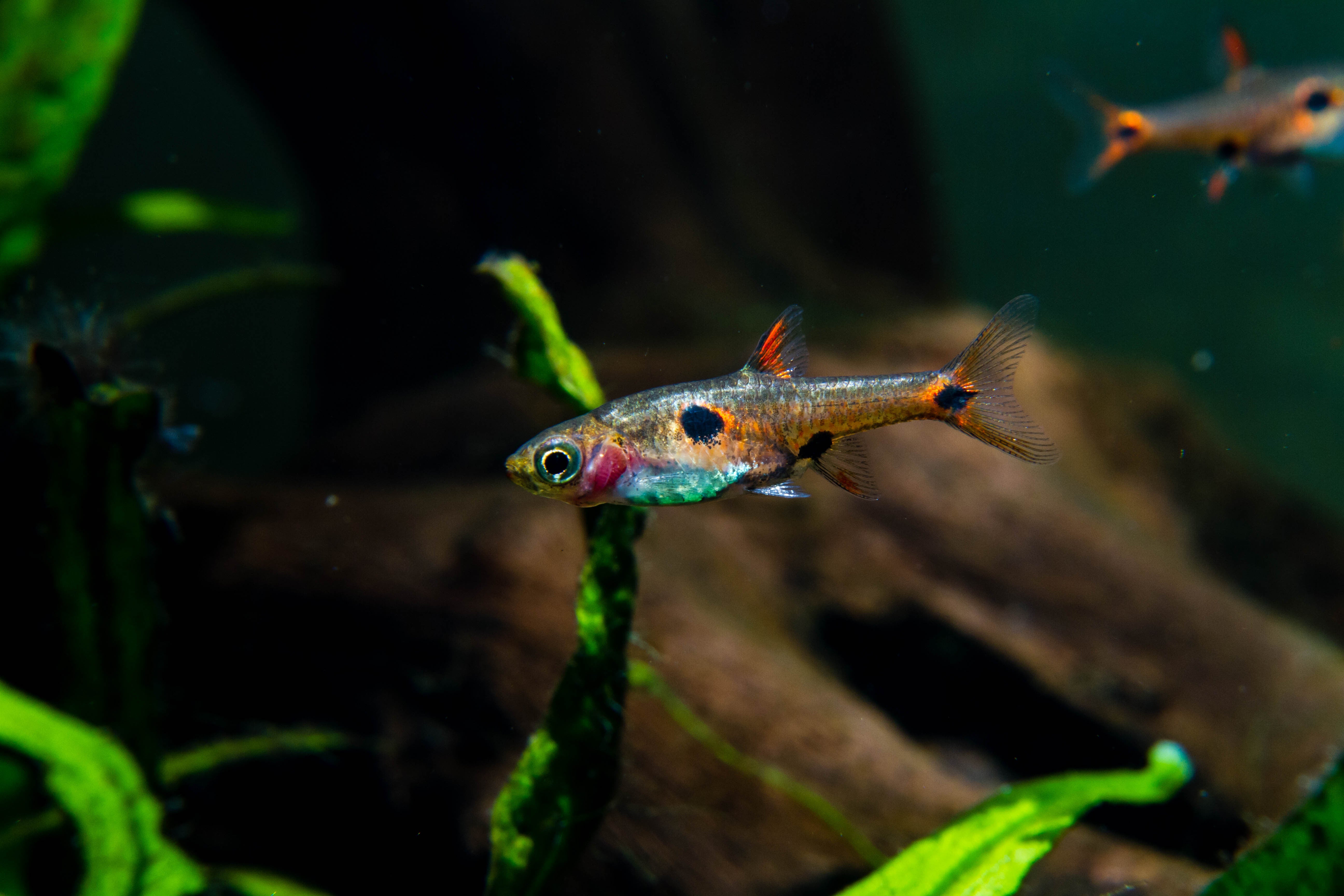
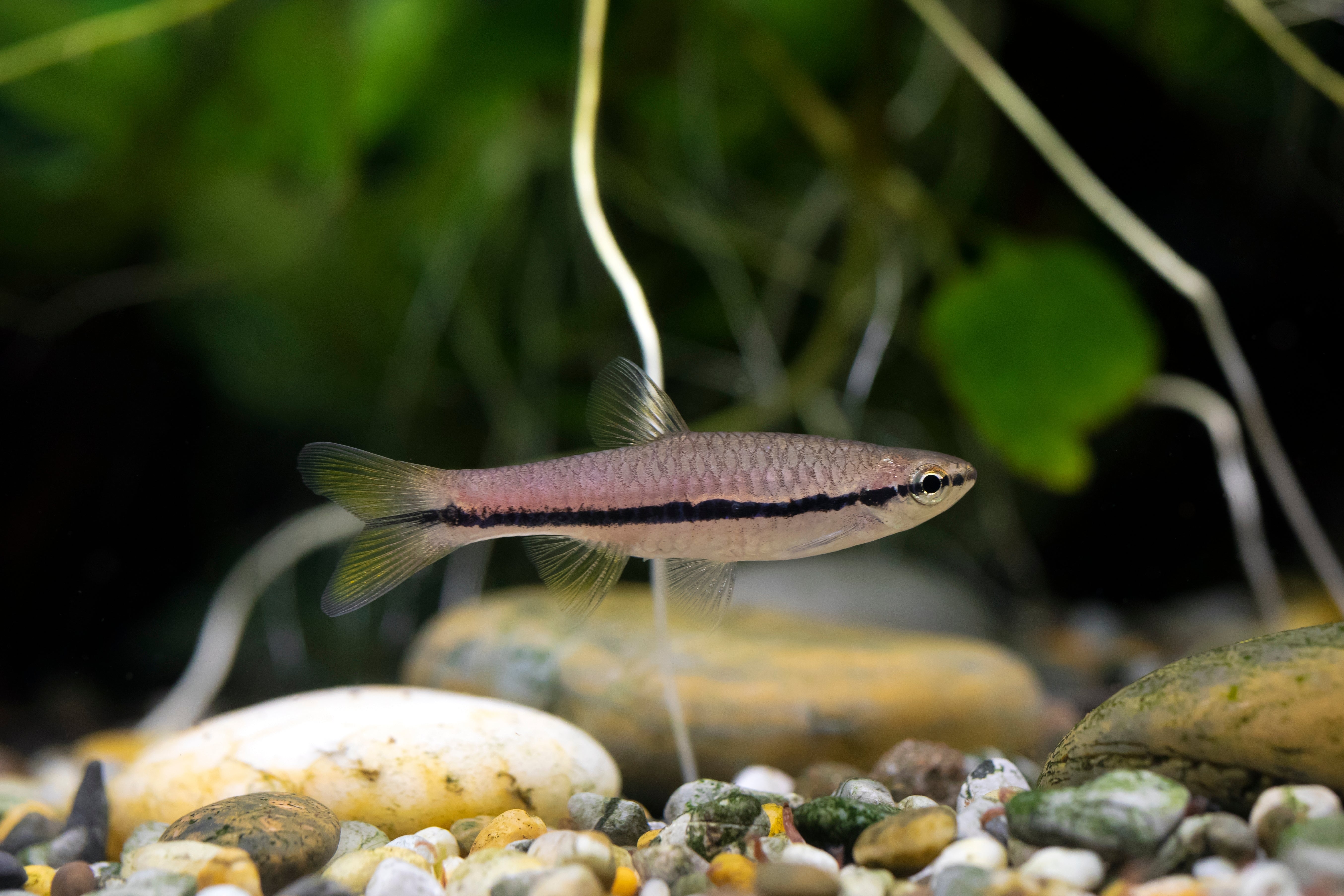
Rasbora fish are a top choice for aquarists who value elegance, harmony, and low-maintenance beauty in their freshwater tanks. Native to the calm, blackwater streams and gentle rivers of Southeast Asia, Rasboras are admired for their streamlined bodies, peaceful temperament, and captivating schooling behavior. Whether you're new to fishkeeping or a seasoned hobbyist, Rasboras make a charming and easy-to-care-for addition to your aquatic world.
Why Choose Rasbora Fish for Your Aquarium?
-
Peaceful & Community-Friendly: Rasboras are known for their calm and non-aggressive nature, making them ideal residents in any peaceful community aquarium. They coexist effortlessly with other non-aggressive fish such as Tetras, Corydoras, Gouramis, and Rainbowfish, contributing to a stress-free environment.
-
Sleek & Subtle Beauty: Don’t be fooled by their small size—Rasboras boast elegant colors and metallic sheens that shimmer under aquarium lighting. From the iconic black wedge of the Harlequin Rasbora to the fiery red glow of the Chili Rasbora, their understated beauty adds a natural, balanced aesthetic to your aquascape.
-
Ideal for Planted Tanks: Rasboras thrive in well-planted tanks with soft lighting and subdued backgrounds, mirroring their natural habitats. Their gentle swimming and small size mean they won’t disturb delicate plants, making them a favorite among aquascapers and planted tank enthusiasts.
-
Social Schooling Behavior: Rasboras are highly social fish and should always be kept in schools of six or more. Their synchronized swimming and group dynamics are not only soothing to watch but also help reduce stress and promote natural behavior.
Popular Rasbora Fish Varieties
Explore some of the most popular and beginner-friendly Rasboras:
-
Harlequin Rasbora (Trigonostigma heteromorpha): Recognizable by its black triangular patch, this species is a classic community fish and a staple in many aquariums.
-
Chili Rasbora (Boraras brigittae): A nano tank favorite, this tiny red Rasbora packs intense color and charm into a small size.
-
Lambchop Rasbora (Trigonostigma espei): Similar to the Harlequin but with a slimmer body and more vivid hues.
- Emerald Dwarf Rasbora (Danio erythromicron): A rare gem, known for its iridescent green-blue shimmer and peaceful nature.
Rasbora Fish Care Guide
Tank Size & Setup
A 10 to 20-gallon tank is suitable for most Rasbora species, especially when keeping them in proper groups. A darker substrate, live plants, driftwood, and soft lighting help mimic their natural environment and enhance their colors.
Water Parameters
To keep Rasboras healthy and thriving:
-
Temperature: 72–80°F (22–27°C)
-
pH: 6.0–7.5
-
Water Hardness: Soft to moderately hard (3–10 dGH). They prefer clean, stable conditions with gentle filtration and regular water changes.
Diet & Nutrition
Rasboras are micro-predators and omnivores. Feed them a varied diet of:
-
High-quality micro-pellets or flake food
- Frozen foods or live foods like daphnia, baby brine shrimp, and micro-worms
-
Occasional plant-based foods or algae wafers for balance
Compatible Tank Mates
Thanks to their peaceful temperament, Rasboras pair well with: Tetras, Dwarf Gouramis, Corydoras, Otocinclus, and small Loaches. Avoid large or aggressive tank mates that may see them as food or cause stress.
See more details about Top 10 Most Common Rasbora Types for Your Home Aquarium here.
Rasbora Fish for Sale Online
Browse our premium collection of Rasbora Fish for sale and find the perfect addition to your freshwater aquarium. Visit Splashy Fish to buy them online or at our aquarium store in Virginia for more freshwater fish for sale, betta fish for sale, freshwater shrimp for sale, live aquatic plants for sale, and aquarium supplies.
Order now and bring home the beauty of Rasbora fish today!
Rasbora Fish Frequently Asked Questions (FAQs)
How many rasboras should be kept together?
Rasboras should be kept in schools of at least 6 individuals. Ideally, a group of 8 or more is best to ensure they feel secure and exhibit natural social behaviors. Rasboras are schooling fish, and they thrive when kept in groups, as this reduces stress and encourages vibrant colors and active swimming patterns.
Are rasboras schooling fish?
Rasboras are schooling fish. They naturally thrive in groups, feel more secure and exhibit healthier behaviors when kept in schools of at least 6-8 individuals. In a group, they display synchronized swimming, which is not only visually captivating but also essential for reducing stress and promoting natural social behaviors.
Will Rasboras eat shrimp or snails?
-
Snails: Safe - Rasboras won't bother snails.
- Shrimp: Adult shrimp like Amano are usually safe, but baby shrimp may be eaten, especially by larger Rasboras. Dense planting helps protect shrimp colonies.


